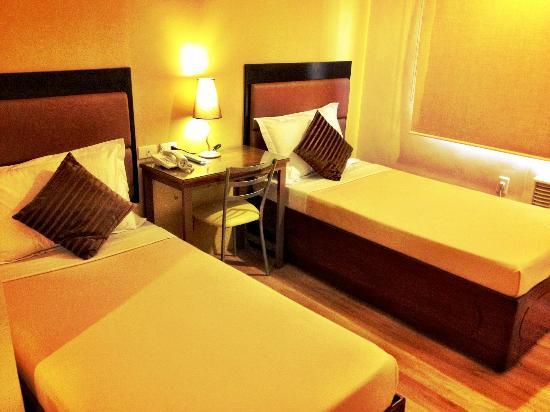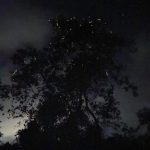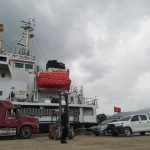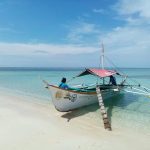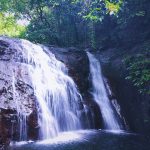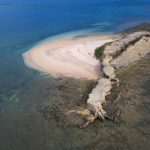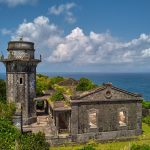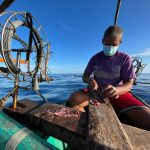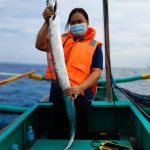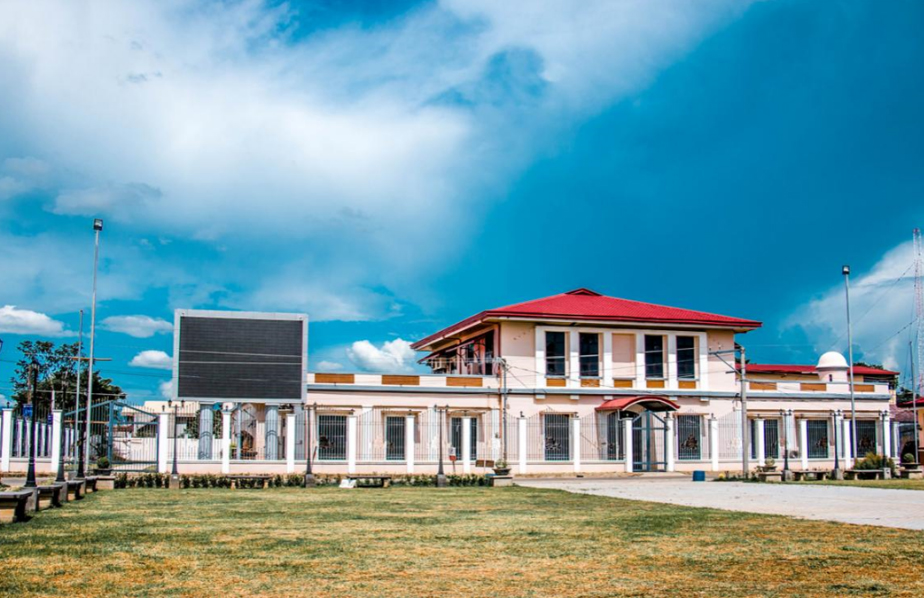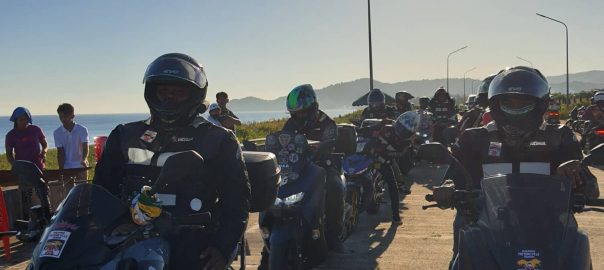
Archives

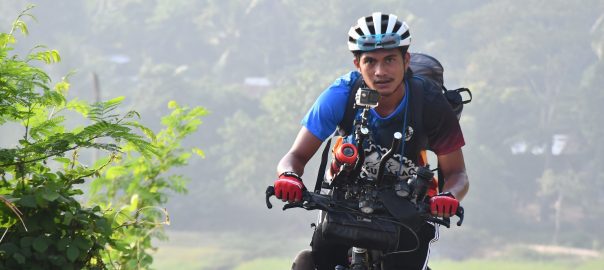
Bike-Packing Adventure | Baggao

City Mall
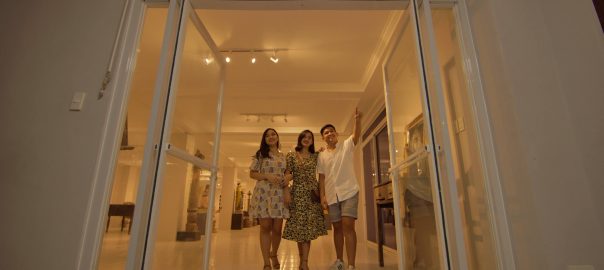
Piat Museum
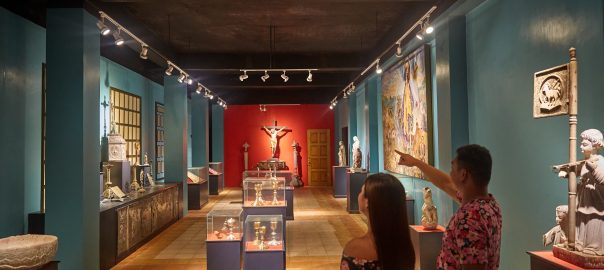
Aparri Ecclesiastical Museum
This contemporary museum proves to be more than a repository of inanimate objects and artifacts. It bespeaks the deep Catholic life and faith of Cagayanos.
As envisioned by its founder, Archbishop Diosdado Talamayan, who steered the establishment of the Ecclesiastical Museum, this museum gathers a community that appreciates the glorious past of Catholicism in Cagayan. It has become a place to learn and educate the present and future generations about the rich spiritual heritage of Cagayanos.
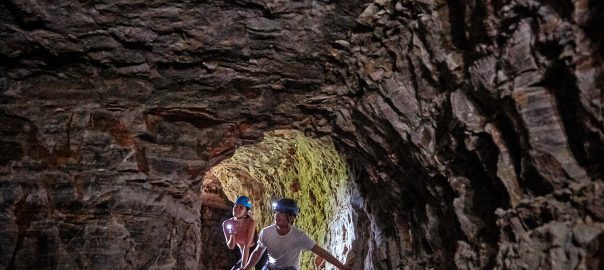
Japanese Tunnel
The presence of abandoned Japanese tunnels in many parts of the country also became urban legends and telltales about haunted places, the Yamashita treasure and the interests of some treasure hunters, and many chilling stories of death and suffering told across generations.
During the Second World War, the Japanese imperial army bore tunnels using manual and hard labor involving Filipino prisoners of war and Japanese conscripts. The tunnels served as a hideout for Japanese soldiers to escape the eyes of American and Filipino soldiers. It was also a way for their covert operations.
The Japanese tunnels offer a unique experience to intrepid travelers who enjoy adventures and explorations. This was designed like a network of branching and intersecting tunnels. In the middle part of the tunnel, you can find a water-filed well.

Shell Midden Sites of Magapit and Bangag
The sandy beds of the Cagayan River make it suitable for shellfish to thrive. Archeological studies confirm that the gathering of clams in this part of Cagayan dates back to the Neolithic age.
There are several shell middens in barangays of San Lorenzo, Catugan, and Alaguia, Sta. Maria, Catayauan, Magapit, and Bangag. In Magapit, the shell middens are at the top of the hill. The deposit is 800 meters from the riverbank and has a panoramic view of the Cagayan River. Bangag shell midden sits on the Magapit site. This site has a deposit of 100 meters in diameter and 2.8 meters (9 feet).
About four (4) kilometers from Lal-lo are the Catayauan shell middens. The deposit extends about 500 meters long, 100 meters wide, and two meters deep. Not so far from Catayauan is the Santa Maria shell midden deposits. The middens are located upstream Cagayan River with a distance ranging from 30 to 50 meters that stretches up to one (1) kilometer. Other locations include the riverbanks of San Lorenzo, Catugan, and Alaguia. Accompanying the discovery of shell middens in these sites is the unearthing of various stone tools, pottery sherds, and earthenware. These indicate Neolithic Age when the early people started domesticating animals, planting crops, and developing craftsmanship by making tools, pottery, and other home implements. These are critical findings in establishing the presence of communities in pre-historic Cagayan.
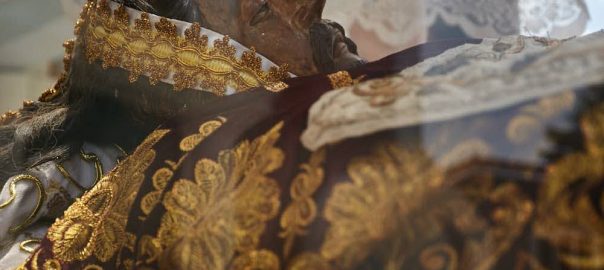
Santo Entierro
Abulug is also home to the oldest Santo Entierro in the province. The Santo Entierro refers to the image of the dead Jesus Christ.
The venerated image is usually dressed in garment made of finest silk or softest velvet with ornate embellishments like laces and lace trims, gimp, and beaded or sequined trims that take the floral patterns or religious symbols.
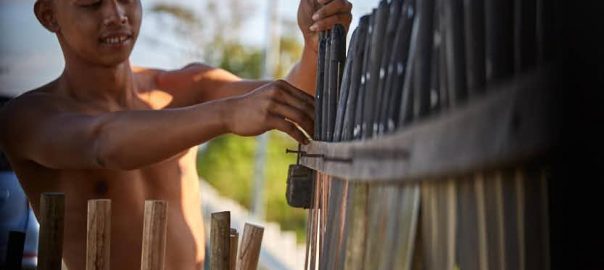
Bolos
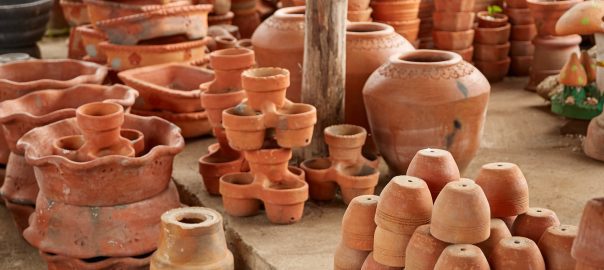
Terracota Pots
What makes Iguig pottery distinct is its clay with its reddish-brown color. Iguig clay deposits, which took hundreds of years to form, are abundant in the vast alluvial plains along the Cagayan River.
Back in the day, the adult male members had the task of gathering clay. Traditionally, boys would tag along and learn about what and where to get the best clay material for pottery from. It is through this process that the Itawes handed over this indigenous knowledge from one generation to the next.
A veritable Cagayan symbol, the art of pottery and brick-making thrives in three (3) small barangays of Atulu, Gammad, and Malabbac. However, it is in Atulu where many artisanal potters and brick-makers flourish, and almost every household engages in the craft.
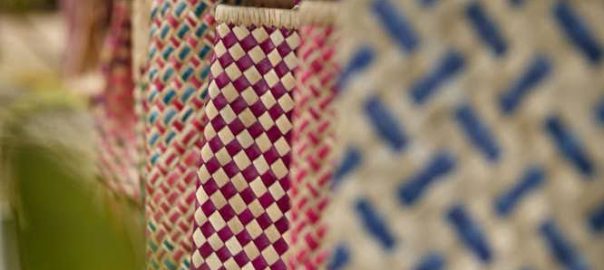
Sarakat Bags
The municipality is known for its indigenous weaving tradition. It has become known for its Sarakat-made ikamen or banig (woven mat) and sinamay made of piña or banana fiber.
Sarakat is the local term for pandan leaves endemic to the town. The Sarakat conservation, regulation, and propagation initiative is continuously conducted. The municipality developed the weaving industry in 2006 with only 15 women weavers. They organized Sarakat Movers which eventually evolved and grew into Santa Praxedes Sarakat Weavers Association.

Pureg Agta Crafts
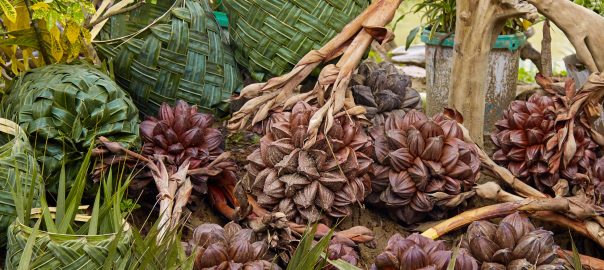
Nipa Shingles
Pamplona is gifted with resource-rich estuaries in Cagayan. Along these estuaries are villages with vast nipa mangroves.
Using their age-old traditions and technology, they transform the nipa sap (also called tata) into a local wine called binarayang, vinegar or silam, and palm sugar called issi.
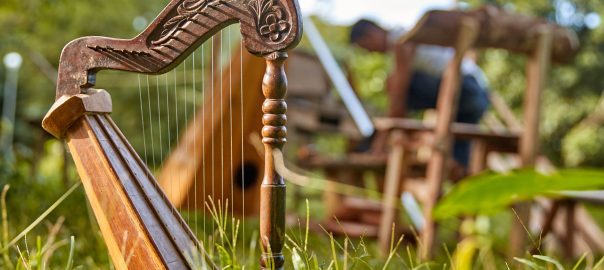
Harp
A homegrown craftsman, Danilo Utanes learned about playing harp at age 12 under the tutelage of his late father who earned a living from making harps. He was only a high school freshman when he made his first harp. Over the years, he toiled to perfect his craft with other Cagayano harpists.
His effort did not go unnoticed. In 1996, he joined a group of harpists from Cagayan to “Dayaw: Philippine Cultural Communities Arts Festival.” It was a project of the Cultural Center of the Philippines to showcase the Filipino indigenous culture and arts. Since then, he has been invited to many performances and exhibitions like the annual “Indigenous People’s Visual Arts Exhibit” in Tuguegarao City. Danilo has become famous and is even known to be the last harp maker in Cagayan Valley. At 64 years old, this artisan is ready to impart his craft to interested and able craftsmen of the next generation.
Danilo takes on commissions for his diatonic harps (non-pedal) with the characteristic round sound holes at the rear middle stave (flat soundboard). He uses tonewoods like narra, langka, and santol for their bright and sharp tones.
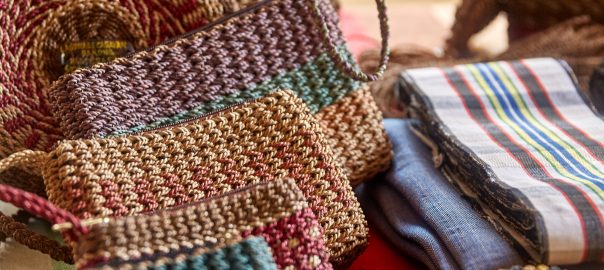
Bakung
Every product made from bakong leaf and fiber is the result of hard work, creativity, and a realization of the dreams of Santa Teresita for its people. Workers and members of the Laguna De Cagayan Handicrafts Association (LCHA) to participate in their community organization takes precedence.
Making bakong products combines traditional and modern technology. The upright loom weaving resonates with their rich llocano heritage. Meanwhile, adopting appropriate and modern-day technology for fiber extraction and product design mirrors its openness to change and development. Bakong fiber blends well with commercial cotton to weave a tapestry or fabric. You can only stand in awe of how a leaf transforms into a fine cloth to create your traditional barong or terno, everyday dress, or as an accent to modern and high fashion couture. On the other hand, the versatility of twined bakong ropes enables seasoned weavers to create fashionable bags, utility baskets, containers, and decorative home items.
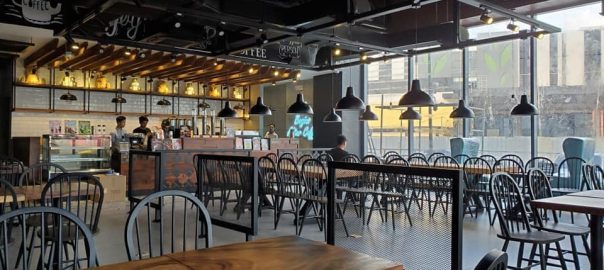
Black Scoop Cafe
Bean & Brew Coffee Shop
Honey Bakes Coffee Shop
8th Avenue Coffee Shop
Lokal + Kanan Restaurant
Leng Leng’s Restaurant

Carabao Milk
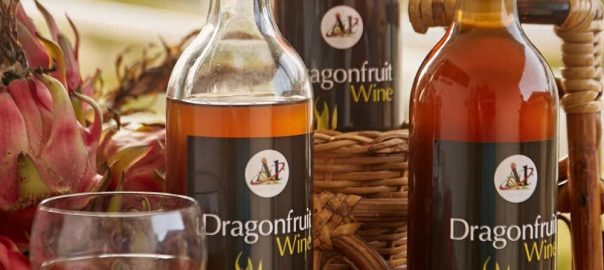
Dragon Fruit Wine
The dragon fruit is already delightful in its natural form. It has vitamins, minerals and antioxidants.
While we enjoy the raw dragon fruit as a snack or dessert, the farmers take the dragon fruit a notch higher. Processing the fruit not only keeps the excess fruit from being wasted as its ‘waste’ can also become another dragon fruit product.
Turned to wine, this value-adding process generates more profit for the farmer-entrepreneurs. Locals and visitors enjoy dragon fruit as wine, fruit preserves, and vinegar.
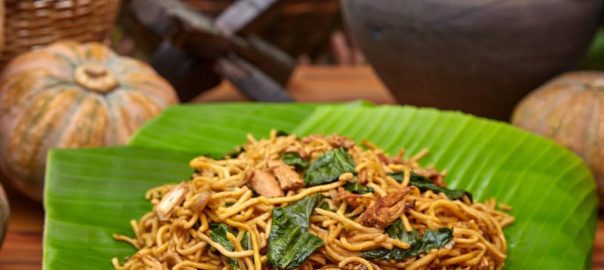
Squash Miki

Pawa
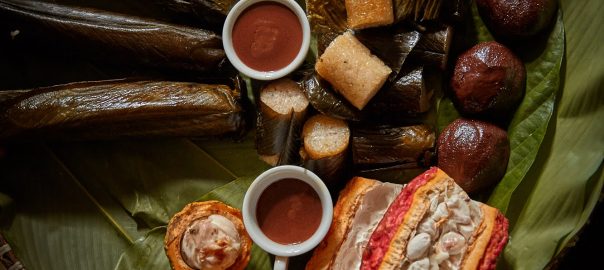
Sinabalu
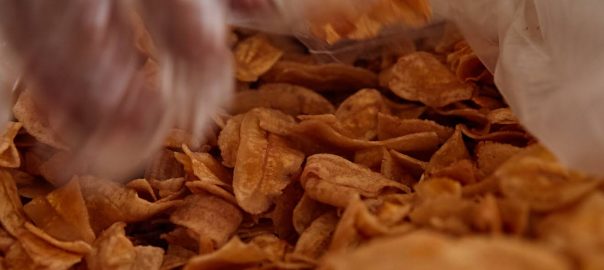
Banana Chips
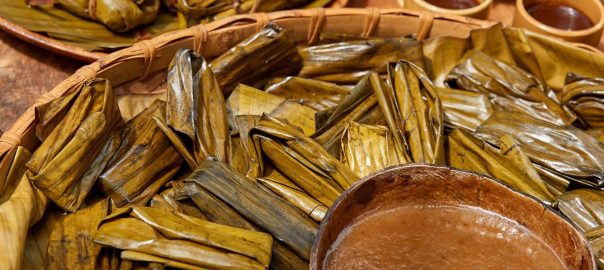
Dekat
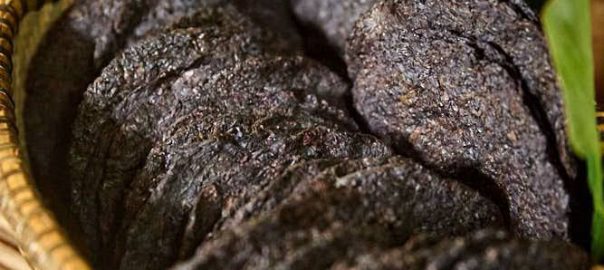
Gamet
Gamet is a seasonal seaweed like the Japanese nori that grows on sharp coral stones jutting along the craggy coastlines of Santa Praxedes. The seaweed grows in abundance during the colder months starting in November and ending March.
Learning about its economic value, the Local Government Unit has invested in technology to process gamet into edible and delicious ingredients.
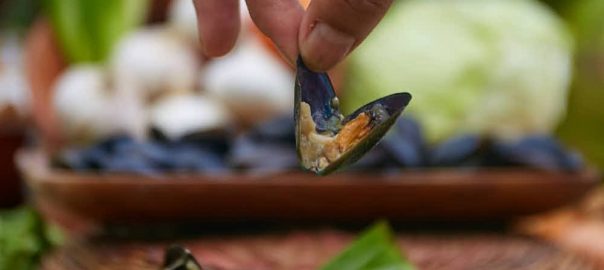
Buko Laddit

Sanchez Mira Longganisa
Sanchez Mira takes pride in its sought-after garlic longganisa (pork sausage), but Sanchez Miranians love their longganisa as a barbecue. Why?
The aroma of garlic and barbecued meat wafting through the kitchen and dining room makes longganisa even more irresistable.
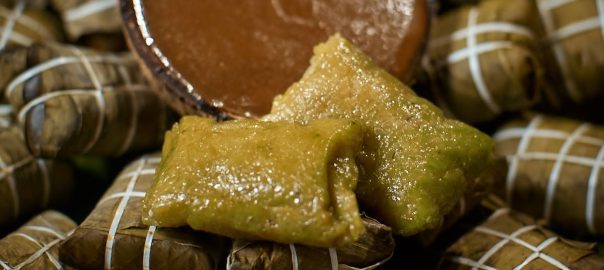
Suman Latik
Suman Latik (banana leaf-wrapped rice cake with caramelized coconut) is a staple dessert among Cagayanos. Each Suman latik becomes distinct because of the latik or the coconut caramel that serves as a topping or spread.
Barangay Nagrangtayan earned the distinction of having the best suman latik. In fact, they have their own Suman Latik Festival to celebrate this ingenuity and fame.
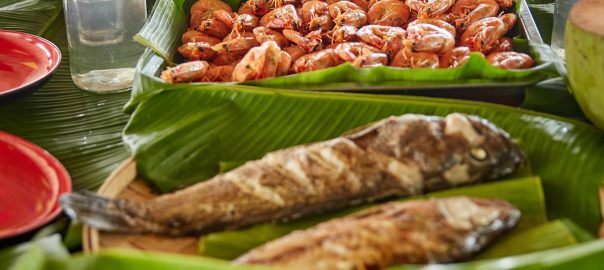
Pamplona Seafoods
Being a coastal municipality affords every household in Pamplona to enjoy the seafood plates on their table. Treat yourself to sumptuous fresh seafood delicacies while in Pamplona.
Below the hanging footbridge separating Brgy. Cabaggan and Brgy. Nagtupacan are floating cottages that will take visitors on a cruise along the Pamplona River.
Cruising along the river does not have to be boring. With good food like the Pamplona’s Seafood, entertainment like karaoke singing, live performance by locals featuring the rich culture of Cagayan, company of your family and friends, and the magnificent view along the river, cruising becomes such a rewarding experience.
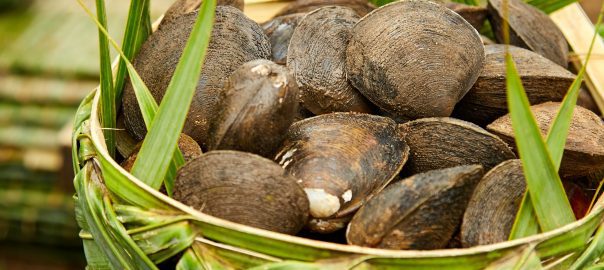
Kaggu Craze
One local exotic delicacy of Pamplona, Cagayan is a mangrove clam locally known as Kaggu (Anodontia edentula). Enjoy kaggu as broiled, baked, mixed with vegetables, or as a soup.
Those who are into the more exotic fare eat kaggu as fresh or kinilaw which means marinating the clam meat in vinegar, salt, and black pepper. Add extra flavor by garnishing the dish with tomato, shallot, and siling labuyo (red chilli pepper) for that spicy kick.
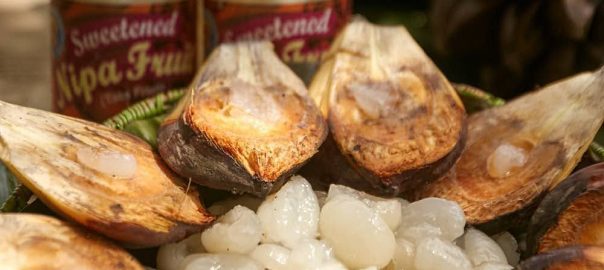
Nipa Fruit
The estuary and the swamp along river teem with nipa grove. The abundance of nipa makes it possible for Abulug to perfect its tradition and practice in tata winemaking.
Entrepreneurial souls who partner with the local and national government agencies enable them to produce other non-traditional nipa products. Abulug offers locals and travelers palm vinegar and sweet kaong.
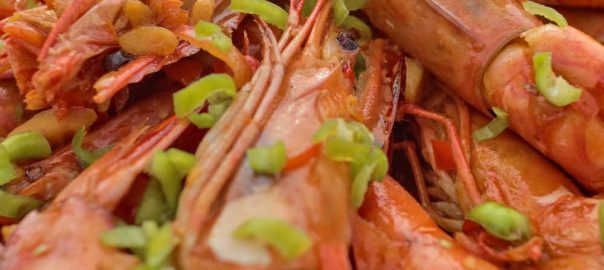
Abulug Seafoods
With the river and the sea, the town of Abulug is a food basket on its own. Several shrimp and prawn farms along the river have made Abulug one of the known seafood centers in Northern Cagayan.
At every feast and special occcasion, plates of seafood take the centerpiece of the spread. When in Abulug, partaking in the seafood feast is another mouth-watering experience one must never miss.
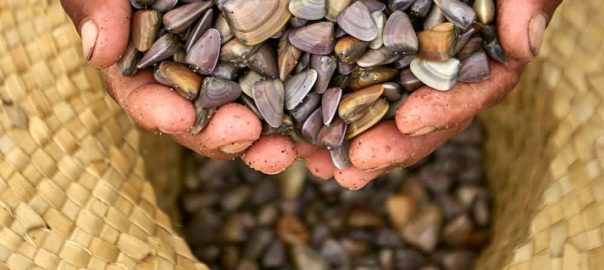
Gakka
Eating the diminutive, but savory gakka is like a pastime. It has been a practice for many generations in this part of Cagayan. Fisherfolks gather gakka on the shallow seawaters using a tako, a wooden pole with a scraper, or a scoop made of bamboo or metal wire woven into a mesh resembling a basket, serves as a filter or strainer.
The shell gatherers scrape the bottom of the sea with the mesh that filters the gakka shells and separates them from the sand.
Kutim is the way Abulugueños consume gakka. It involves cracking the gakka with the teeth, akin to nibbling on a watermelon or squash seeds.

Royal Bibingka
Ballesteros has attained that level of acclaim and esteem among royal bibingka makers.
The secret of bibingka is the right temperature to attain the gumminess. Traditionally, cooking bibingka uses an earthen hulmahan (mold)between lit charcoals. And only a kakanin expert will know the right temperature and how much charcoal to burn.
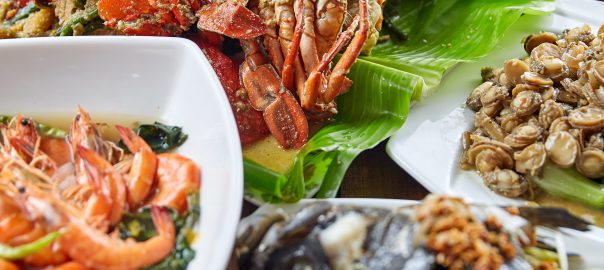
Seafoods
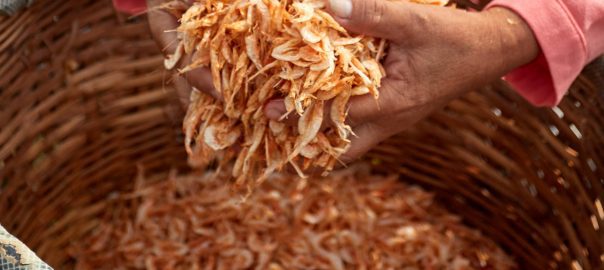
Aramang
Traditional Cagayano dishes will not be complete without this main ingredient-aramang or alamang (soft-shelled shrimp). Adding aramang to dinengdeng, pinakbet, or okoy releases an inviting aroma and gives that distinctive umami to these traditional dishes. Cagayanos use it fresh, dried for a longer shelf-life, or processed into
shrimp paste.
This species endemic to the Cagayan River estuary has a distinct pink color. Aparri has become synonymous with aramang that it holds the Aramang Festival as part of its town fiesta. It is a tribute to the hard-working Aparrianos who enjoy the economic benefit from this God-given resource. It is a culmination of Aparri’s success in making aramang its One-Town-One-Product (OTOP) enterprise.
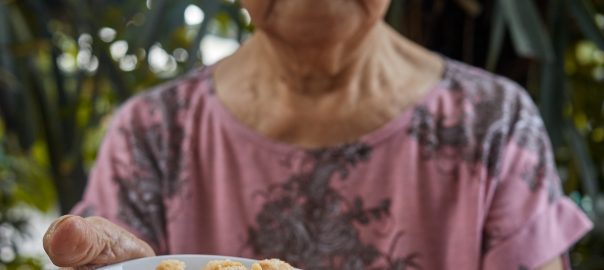
Cascaron
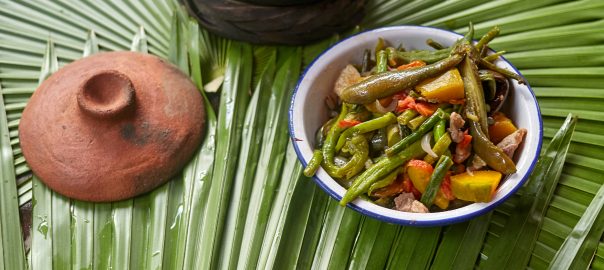
Alcala Pinakbet
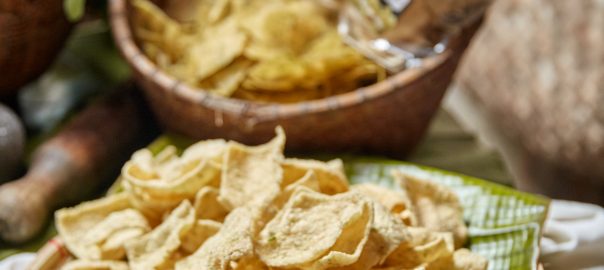
Chicharice

Pansit Batil Patong
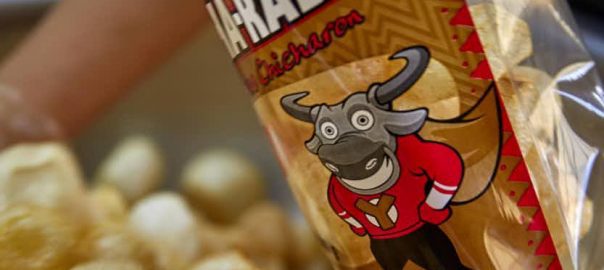
Chicharabao
Tuguegarao Longganisa
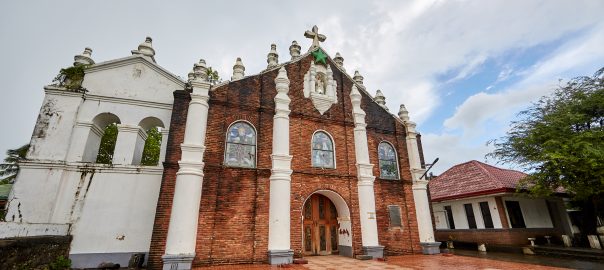
Buguey Church
Buguey takes pride in its iconic old church named after the Mother of Mary, St. Anne. Constructed in the 17th century, it features white-washed columns on its brick-laden façade. The fountain in front of the church also serves its distinct mark.
Having undergone a substantial reconstruction and restoration, the church now takes pride in its well-kept and spotless exteriors and interiors. The colorful stained glass windows on the thick white walls add spectacle and color to the interior’s natural and artificial lighting setup. You won’t miss the contemporary lighting behind the wooden cross on its nave.
While the modern-day lighting design gives the impression of lightness and comfort, the exposed beams and the higher and whiter ceilings allow that perception of a bigger space. Meanwhile, the centerpiece of the church-its restored baroque-style wooden retablo and the transept altars now shine in their majestic golden finish. Like other churches in Cagayan, the St. Anne Church shares a tragic past. Fate had it when in 1732, a fire gutted the church and the adjoining convent. Only the façade remained of the original structure and was reconstructed to its present-day look.
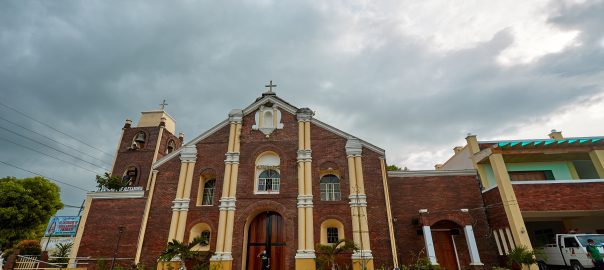
St. Catherine Of Alexandria Church
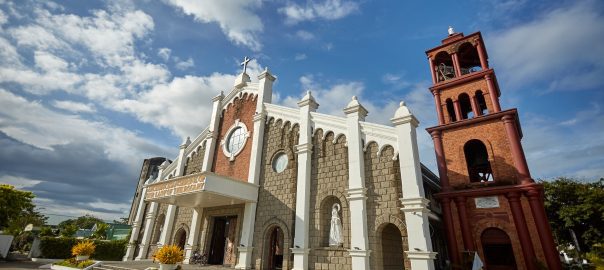
St. Peter Gonzales of Thelmo Parish Church
For 331 years, from 1680 until its last renovation and dedication in 2011, the St. Peter Gonzales of Thelmo parish Church has been a living witness to its tragic, but colorful past. Aparri was a victim of severe disasters like typhoons, floods, earthquakes, fire, and wars for many centuries. The church was never out of danger, but it rose like a phoenix from the ashes. It had to undergo relocation and seemingly countless renovations and reconstructions until it achieved a more contemporary appearance.
Despite its new look, the church still pays homage to its original baroque architectural design reflected in its façade, ornate interior arches, and exquisite retablo.
indeed, the rebuilding process demonstrates Aparriano’s
indomitable faith and tenacity that despite each catastrophe, Aparrianos have only pushed to rebuild and emerge more determined and resilient.
Cagayan Reforestration & Eco Tourism Park
Need to rest from a long drive? Stop by the Cagayan Reforestration and Eco Tourism Park along the stretch of Nassiping in Gattaran, and take a breather. Discover locally-made products and shop at the One-Town-One-Product at the Pavilion. Walk around the Eco Tourism Park and go for a quick forest bathing before you head to your destination.
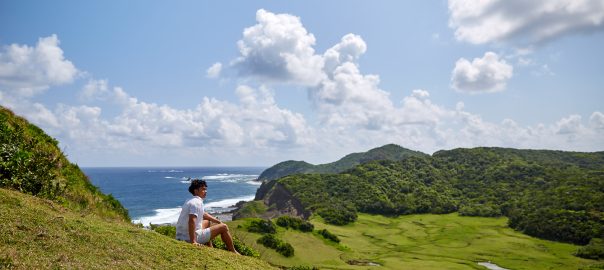
Cape Engano Lighthouse
The summit of Cape Engaño opens to the greenery, deep blue sea, and an endless horizon. It is a sensory treat pleasing every island visitor to have a 360-degree view of Palaui’s rugged cliffs and craggy coastlines, vast grasslands and valleys, uninhabited islands, and white coral beaches.
From this viewpoint, enjoy the seascape featuring Engaño Cove and Dos Hermanas Islands, and catch sight of the Babuyan Islands. After some unhurried trekking, hikers can reach the weather-beaten late 19th-century Cape Engaño Lighthouse (Faro de Cabo Engaño). Built almost four years in the late 19th century (September 21, 1888 to December 31, 1892), the lighthouse is the crowning touch of anyone’s Palaui adventure.

Vista Point
Mornings in this rural town would be a magnificent experience. Start your day witnessing the glorious daybreak by driving to the viewpoint at the boundary of Pagudpud (Ilocos Norte) and Sta. Praxedes. The morning mist and sea of clouds blanketing the mountains and the valley of Sta. Praxedes never fail to reward and amaze visitors and locals.
This breathtaking view of the mountains and the valleys offers a rejuvenating experience to start your day exploring the town’s natural wonders.
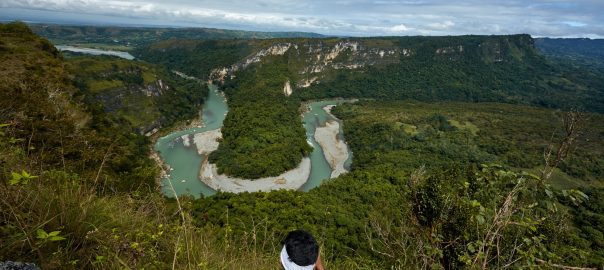
Allahiban
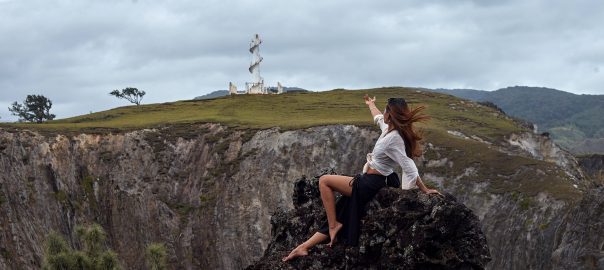
Nagundungan Hills & Lighthouse
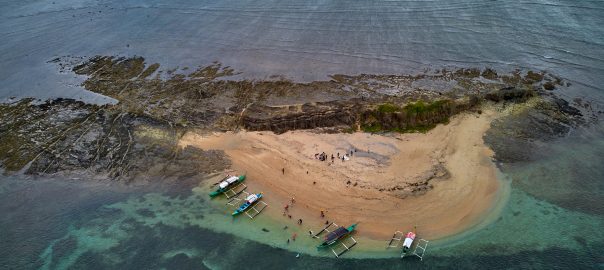
Crocodile Island
Akin to the shape of a crocodile, this islet is not just any other beach destination in the middle of the sea. It is a natural barrier from swelling waves coming from the Pacific Ocean before entering the narrow strait between Palaui Island and mainland Santa Ana. Its jagged and barnacle-laden rock appeals for nature photography or as a backdrop for those click-worthy self or group portraits.
On the other hand, its small beach with off-white coral sand is inviting enough for a quick dip. Dropping by this islet can either start your day’s ocean adventure, or be the perfect place to end your island and beach hopping while waiting for that awe-inspiring sunset to cap your day.
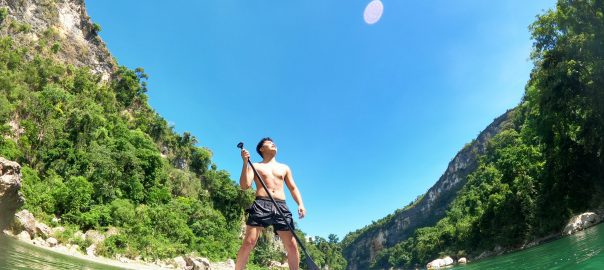
Pinacanauan River
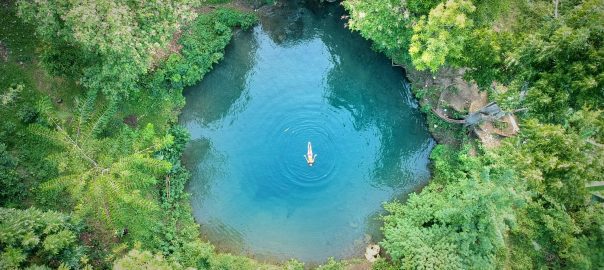
Blue Lagoon
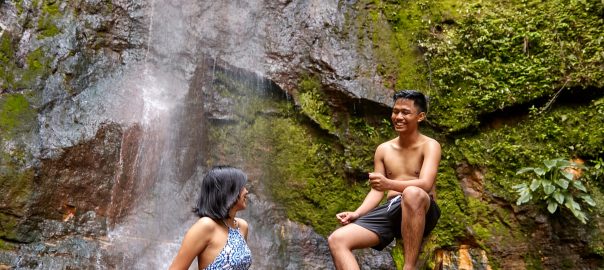
Cagua Falls
A good ten-minute walk from the Bagsang base camp, Bagsang Falls will offer worn-out trekkers some cool-down break. It is the tallest waterfall discovered in Mt. Cagua.
After freshening up, nature lovers can delight in the unspoiled beauty of this biodiversity-rich place. Check out the moss-covered rocks, fallen trees, and various plant species and discover existing fauna in the area. Although it may be near the base camp, going to the falls poses a small challenge. You need to rappel down the cliff before enjoying the cool cascades.
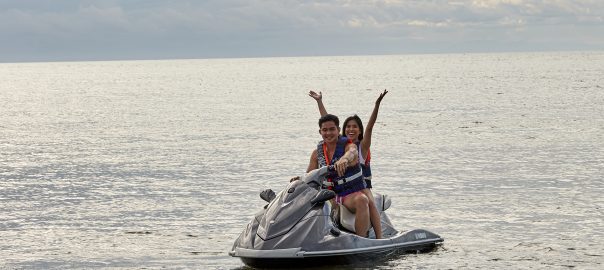
Beaches of Brgy. Amunitan
Several beach resorts lining the coast of Gonzaga offer a retreat for locals and out-of-towners. Brgy. Amunitan is the preferred summer destination in Gonzaga. The beach resorts also offer amenities like lodging, venues for family occasions, small conferences, and various water recreational activities like banana boat riding, jet skiing. boating, and many more.
Those with a more adventurous spirit can find a secluded and less crowded place where they can enjoy the beach to themselves.
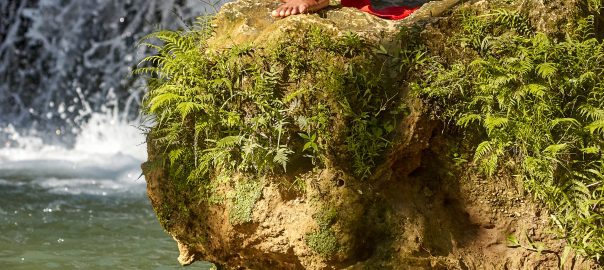
Burayoc Falls
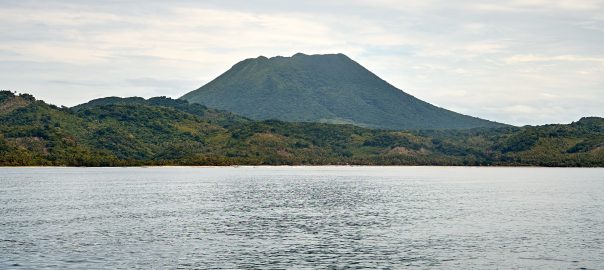
Camiguin Island
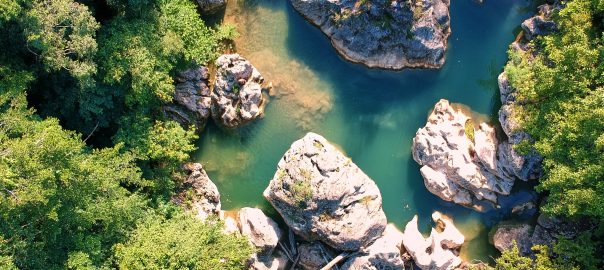
Magabbeg Rock Formations
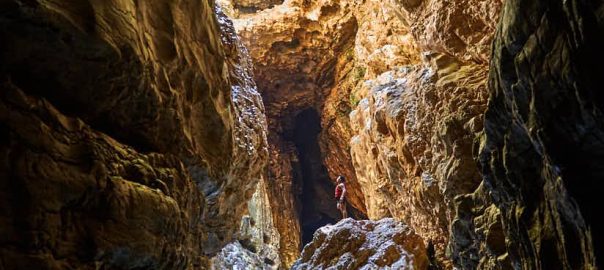
Duba Cave
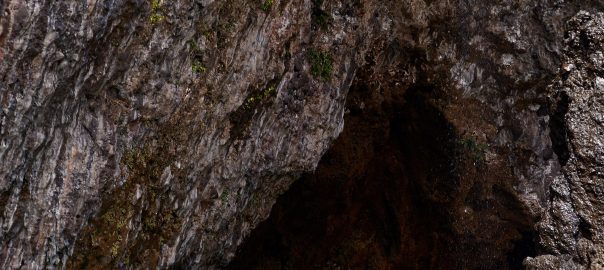
Malangsi Cave
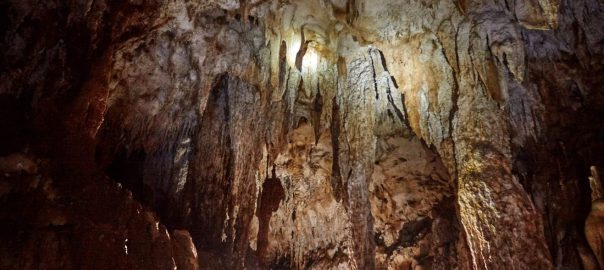
Sierra Cave
Santa Ana – Pineapple
Santa Ana – San Vicente Port
Santa Ana – Lampitaw
Santa Ana – Crocodile Island
Tuguegarao City – Cagayan River
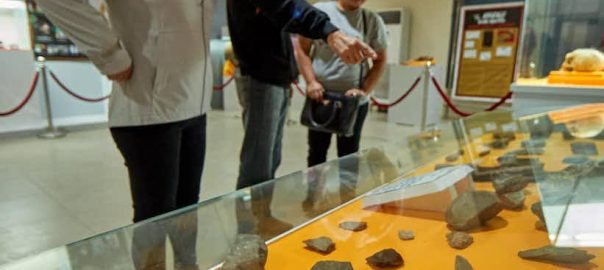
Cagayan Museum & Historical Research
Peñablanca – Cagayan Agta
Into culture and heritage? Discover Peñablanca through the eyes of her Indigenous Peoples, the Agta. Learn about local practices and traditions in Peñablanca as you listen to the elders sharing their stories about their tribe, beliefs, hunting skills, and even how they’ve lived through the modern times with their heritage still preserved. Become a prouder Filipino as you get to know the mighty Agtas.
Tuguegarao City – Buntun Bridge
Buntun Bridge, considered the longest river bridge in the Philippines, connects Tuguegarao City and Solana. Enjoy the scenic view of the Cagayan River as you drive along its 1.3KM stretch during the day, Crossing the Buntun Bridge is a silent reminder of the progress of the Province for both those who have crossed the river before it was built, and those who have only known crossing it as it is.
Belt Fishing
Belt fishing is a sustainable and traditional way of fishing in Barangay Diora-Zinungan, Santa Ana. From the shore, it takes about an hour to reach the fishing zone. Fisher folks usually catch the large head hairtail or beltfish using ‘kariti’. You have to have patience for this activity as beltfishing takes time before you get a good catch. And with that said, nothing beats the feeling of excitement when you suddenly feel your line being pulled over by your fish.
Peñablanca – Basaw Lake
One of the seven lakes in Cagayan Province, Basaw Lake is rich in faunal and floral species. The rugged terrain is perfect for day trek, off-road cycling and motor biking. Bird watching is one of the must-dos in the area. Since Basaw Lake is part of the Protected Landscape and Seascape Area in Peñablanca, it is off limits for any water activity.
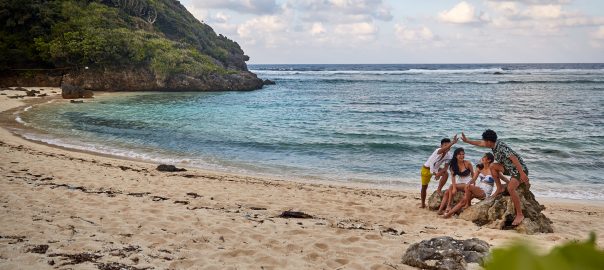
Pozorobo Beach
Weekend warriors would find Pozorobo Beach just the right place to pump up their adrenaline and shake away the stresses from daily humdrum. Aside from its beautiful beach and clear waters, Pozorobo offers adventure to its visitors.
Spend a day or two in the resort by doing beach-hopping, trail biking, trekking and climbing on the karst formations, and 4×4 off-roading. End the day camping on the beach or in one of their accommodations.
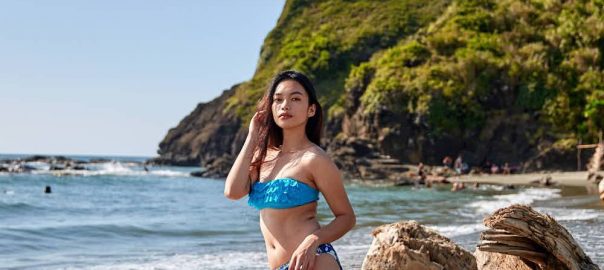
Sentinela Beach
Looking for a beach sans the overcrowding of tourists? The Sentinela Beach in Claveria, Cagayan is the perfect sun and beach getaway for you! The beach is flanked with rock formations giving you that rugged beauty vibe as you walk along its fine sand. Swim with friends and be rejuvenated by its cool waters during summer. Immerse yourself completely and feel at peace as you listen and watch the water crash against the rocks and reach the shore. Tourists usually stay longer and enjoy the golden hours pass by and then watch the beautiful sun set to cap off their visit.

Mt. Cagua
On a clear day, marvel at the panoramic view of Aparri to the west and the island of Palaui at the northeastern tip of Cagayan. Similarly stunning is the lush vegetation of the crater and the view of the steaming caldera emitting a stench of sulfuric gases.
Trekking Mt. Cagua, locally known as the ‘mountain of fire’ or ‘fire mountain’, presents a rare experience for amateur and professional mountaineers alike. Walking through the trees, mossy forests, and grasslands is one for the books. Nature lovers would love the forested trail teeming with biodiversity. Its gentle and shaded route is a tick off the bucket list for mountaineers who never knew of Mt. Cagua.
It is pretty daunting to be walking on top of the caldera. Seeing fumaroles emitting steam and volcanic gases is a unique experience. With safety precautions, trekkers need the help of certified local guides to make this a safe and rewarding adventure. Mount Cagua is an active volcano with recorded explosions in 1860 and 1907. Notable are its two fumaroles (openings on the earth’s surface) in the northern and southern parts of the caldera.
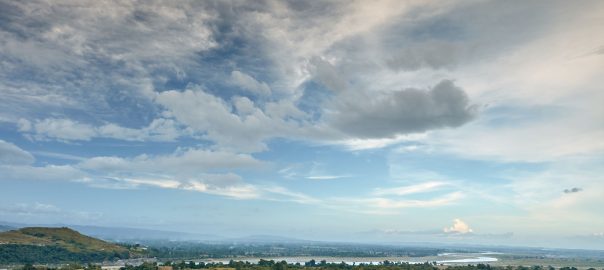
Tuao Viewdeck
Rizal Viewdeck
Pinicon, Batawang Falls
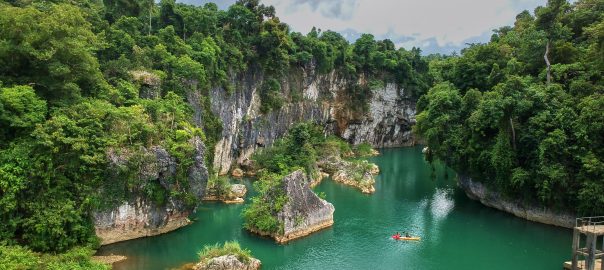
Duba Cave System & Underground Rivers
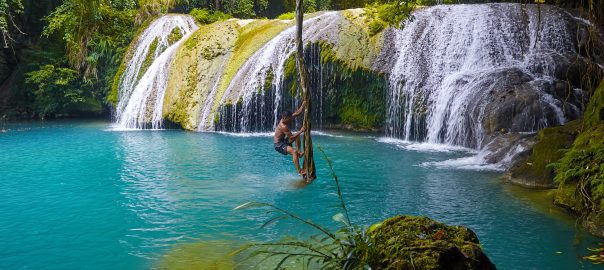
Bluewater Falls, Rivers & Cave System
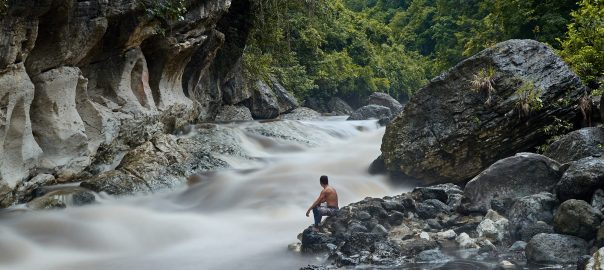
Hot Spring Rivers & Snake Cave
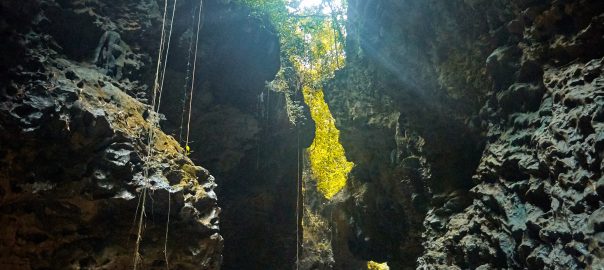
Lipit Canyon
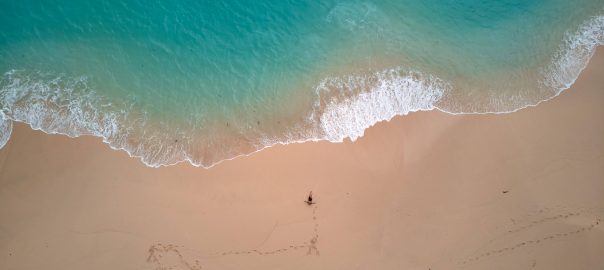
Sibang Cove
If you’re the type who takes the road less traveled, then Calayan Island is definitely for you! Calayan Island is located in the west-south-west of Babuyanes Islands. Its name means “where laya (ginger) is abounded”. There are a lot of white sand and pebble beaches where you can frolic and/or spend the day just basking in the sun, but there’s one that truly stands out: Sibang Cove. Still unexploited, Sibang can be reached by foot or through a quick motorcycle ride from the town proper. Beach lovers get to enjoy having the place to themselves with a picturesque view of the beach and coastline. Unlimited seafood and fresh coconut juice await tourists and for the gastronomic adventurer, sample their kawa-kawayan salad and truly live the beach life!!
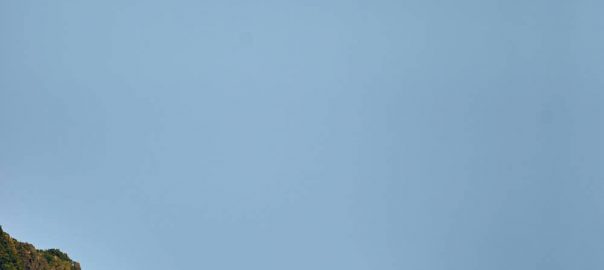
Claveria Cove (Claveria Boulevard, Lakay-Lakay Rock Formation)
Legend has it that the iconic twin rock formations adorning the northern boundary of Taggat Lagoon were a wealthy, but uncharitable couple who refused an elderly couple any help when they came and asked for some of their fish catch.
In punishment for their offense, their only son (ubing-ubing), playing on the eastern coast was turned into a rock. In deep anguish, and even before they repented, the couple eventually transformed into bodies of rock in the middle of the sea. Hence, the twin rocks called Apo Lakay-lakay and Apo Baket-baket.
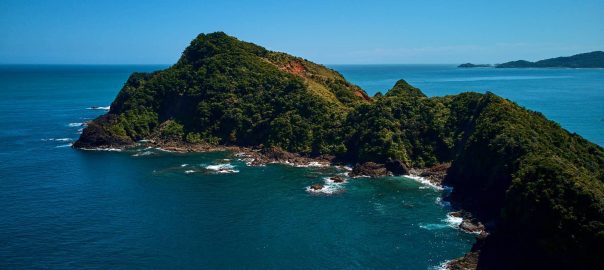
Taggat Lagoon
The lagoon acts as a sentinel protecting moored fishing boats from big waves and typhoons. Living along the coast of this cove is a fisherfolk community. Explorers can do some rock climbing to have a better view of the small cove and the lagoon.
Tanglagan Falls
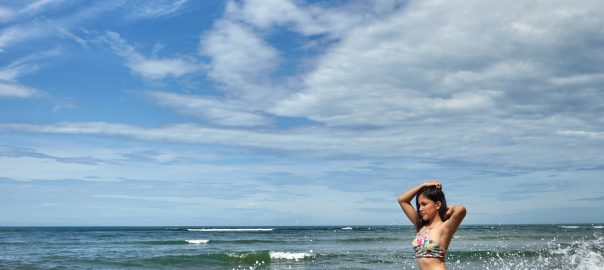
Matara White Sand Beach & Coral Reefs
Matara Beach is an emerging sun and beach destination tucked in the coastal town of Gonzaga. Known for its shallow waters, it is great for swimming and kayaking. Apart from the cool breeze and its blue waters, Matara Beach is also a haven for those who love to dive and snorkel.
Be amazed with teeming with coral reefs and fishes that you will find as you explore under the sea. Walk bare feet and feel your soles massaged by the fine white sand. Eat with your bare hands and savor home-cooked seafood feast using local recipes for lunch or dinner. When you get lucky, fireflies may appear to light up the night.
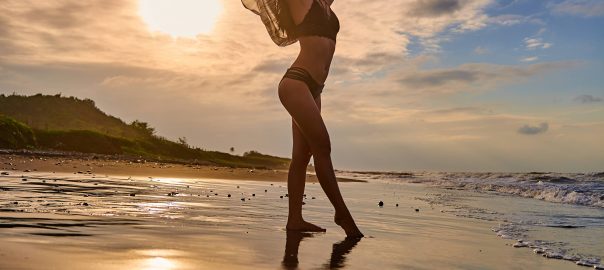
Tallag Beach and Rock Formations
Tallag Beach not only gives you the perfect backdrop for photography. Its black sand glimmers with the setting of the sun. For the adventurer, the rock formations provide rock climbing activities. When the sea is calm, travelers can also explore the small caves and crevices in the area. During low tide, you can delight in secing marine animals like crabs, sea urchins, and shellfish on the shore
Tallag Beach Is easily accessible trom the coast of Barangay Cabanbanan Norte through a three-kilometer road from the national highway. Cottages are available for those who choose to stay longer in the area.

Puswak in Brgy. Cambong
Cataliganan Eco-Park
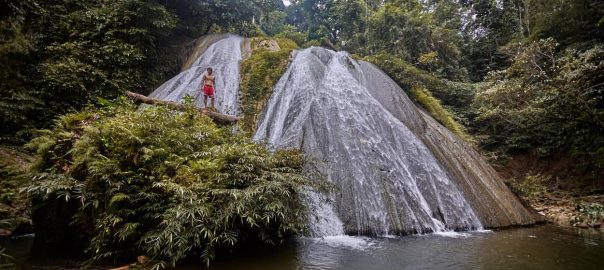
Pinsal Falls
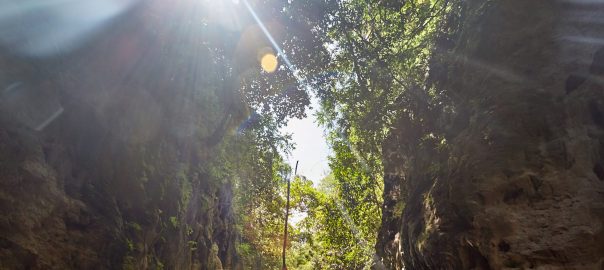
Arbin Creek & Cabasan Gorge
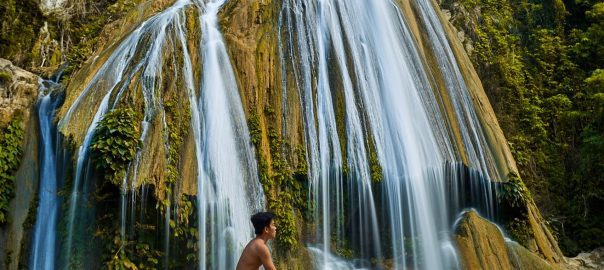
Lapi Falls
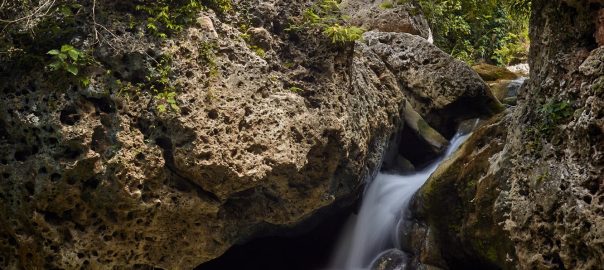
Borsot Falls
Crab Pool/Bluewater
Palaui Island
It is a sensory treat pleasing every island visitor to have a 360-degree view of Palaui’s rugged cliffs and craggy coastlines, vast grasslands and valleys, uninhabited islands, and white coral beaches. From this viewpoint, enjoy the seascape featuring Engaño Cove and Dos Hermanas Islands, and catch sight of the Babuyan Islands. After some unhurried trekking, hikers can reach the weather-beaten late 19th-century Cape Engaño Lighthouse (Faro de Cabo Engaño).
The compound features a battered and weathered housing pavilion and its 11-meter octagonal tower that now runs on a solar-powered beacon. Built almost four years in the late 19th century (September 21, 1888 to December 31, 1892), the lighthouse is the crowning touch of anyone’s Palaui adventure. The lighthouse is not just all about this beautiful island. Its nature trekking activities will show off its diverse flora and fauna, while its pristine and secluded beaches are something to be fired up. After a tiring trek, visitors can enjoy relaxing massages and partake in delicious island food. With its rough-hewn physical features, this weathered and out-of-the-way travel destination is what makes this island magical. More fascinating are its warm people, passionate about caring for and preserving the island close to its uninhabited past. The Protected Area Management Board thru Palaui Environmental Protectors Association (PEPA) is at the forefront of conservation, protection, and sustainable tourism efforts in the island.

Buwacag Falls
Not far from the road, Buwacag Falls in Barangay Santa Clara offers a refreshing respite on hotter days. If you like to cool down and find the rustling of the rapids enchanting then Buwacag Falls is absolutely for you.
Visitors can only say marvelous things about their no-frills and uncomplicated adventure at Buwacag Falls. Everyone raves about how they treaded and tripped on slippery boulders, enjoyed its refreshing waters, and how much excitement they had and friends. Aside from its natural beauty, Santa Ana will also highlight the culture and tradition of the Agta (Atta) community that thrives within the vicinity.
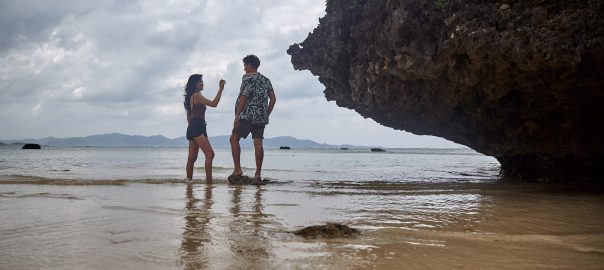
Nangaramoan Beach Resort
Rock formations, crystal clear waters, white coral sand, and the adjoining verdant forest make Nangaramoan Beach equally stunning and appealing to locals and out-of-towners.
This 500-meter stretch of white coral sand beach offers endless opportunities for fun. With its growing popularity as a choice destination for group and family day trips, looming commercialization almost threatened its fragile ecosystem.
The quick implementation of environmental laws mitigates the threats and regulated human activities. When people work together to save its pristine condition, we can continuously appreciate and enjoy its raw beauty.
Sinago Cove
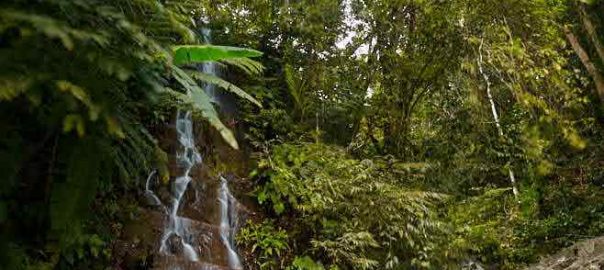
Portabaga Falls Park & Resort
Portabaga Waterfalls provides a refreshing respite during the dry season. It is a 15-meter waterfall that sits right at the foot of a mountain covered with lush forest.
A popular destination among families and friends to cool down from the heat. Aside from the natural pool or reservoir, the park management built kiddie and adult pools, cottages, and picnic tables.
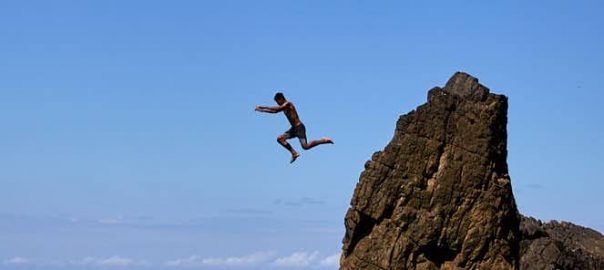
Kimmansir Beach
Santa Praxedes boasts virgin beaches, coves, and limestone rock formations along its coasts. The go-to beach destinations are Kimmansir Beach, Mingay a Dakkel, and Mingay a Bassit.
These beaches are part of small coves located on the northwestern coast of Sta. Praxedes. These fascinating beach coves are famous for their white sand beaches, clear waters, rocky cliffs and rock formations that enthrall adventurous souls for a thrilling and energizing experience of beach hopping.
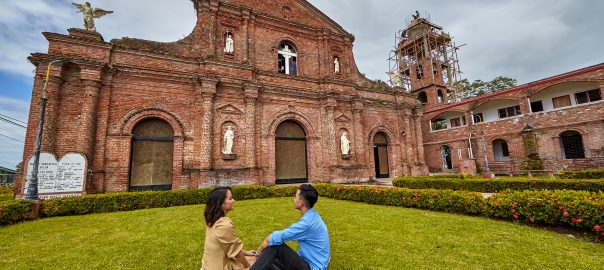
Saint Philomene Church
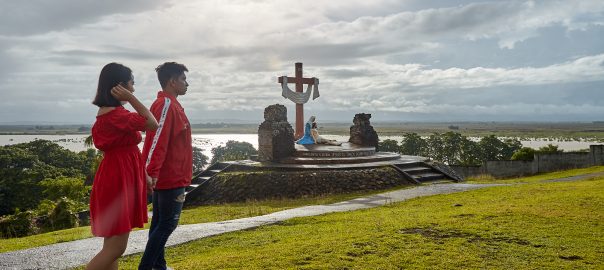
Calvary Hills
To the faithful, tired, and weary, the Calvary Hills of Iguig is the perfect place for spiritual renewal. Since its opening in 1982, it has become a choice destination and pilgrimage especially during Holy Week. This place speaks of joy and freedom with its vast rolling hills open to the sky. Whether for prayer or a needed respite from daily worries, Calvary has become a place where one can express faith and find comfort and relief. The larger-than-life depiction of the passion and death of Jesus Christ with the scenic Cagayan River, rolling hills, and plains as its fitting location and backdrop, makes Iguig Calvary Hills appealing to the faithful.
This place is sacred because it embodies and represents the passion of Jesus Christ and Calvary-the hill in Jerusalem where Pontius Pilate crucified Jesus Christ. Like in many versions and adaptations of Calvary Hills abroad and in the Philippines, all 14 Stations of the Cross are thoughtfully laid out to guide the pilgrims’ way. The devout can follow the progress of the stages of the Passion of Christ, commemorating the Via Dolorosa in Jerusalem. Visiting Iguig is not complete without visiting Calvary Hills. This place is popular among devotees during the Holy Week when the Catholic community does their prayer and penance.
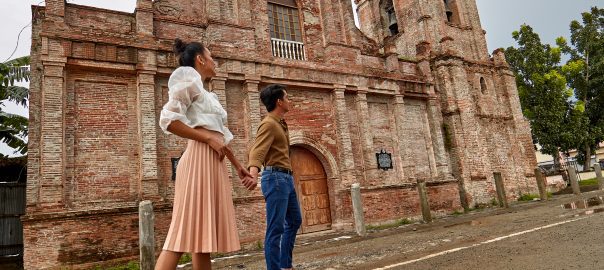
Sto. Domingo De Guzman Parish
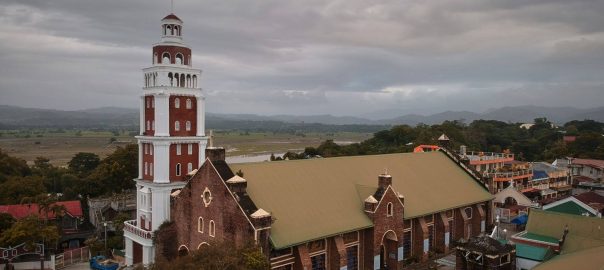
Basilica Minore Of Our Lady Of Piat
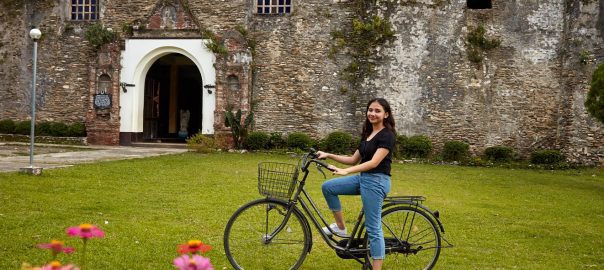
Malaueg Church
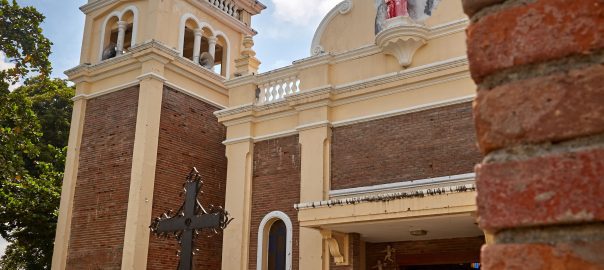
Holy Guardian Angels Parish Church & Old Century Spanish Belfry
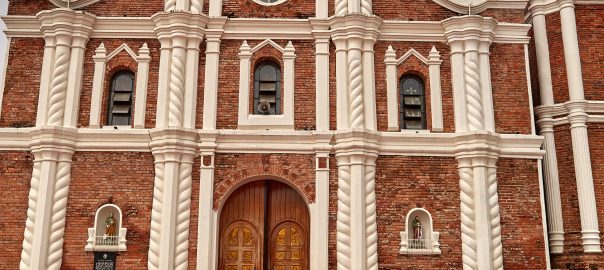
St. Peter Metropolitan Cathedral
Pussian Eco Tourism Park
Sta. Maria Eco-Tourism Park
Santa Maria Eco-park is the translation of the Sta. Maria Culture-Based Rural Tourism (SM CBRT) project interlacing culture and heritage. The fun flows around Cabicungan River where Marian Devotion and cultural exchange occur.
The eco-park has become a favorite pit stop for motorcycle riders, and bikers, a venue for reunions, birthdays, baptisms, picnics, and other occasions.

Pata Lighthouse
The lighthouse stands 20 meters above sea level on top of a hill at the Northeastern Tip of Claveria near the river separating it from the town of Sanchez Mira. The lighthouse is part of Barangay Pata, a good 1.7 km from the highway.
You can reach the lighthouse via a 200-meter uphill hike from the end of the road leading to the hill.
Agro-Eco Tourism Park
Chateau Leonor Resort
Nuat Thai Foot & Body Massage
Karada Spa
Vibes Massage
Medispa
Luxury Lounge Spa
Flawless Face & Body Clinic

Cagayan Holiday & Leisure Resort
Jotay Resort
HD Beach Resort
Orquidia Beach Resort
Party Beach Resort
Reggae Resort
Ofel’s Beach Front
Baggak Resort
GCT Farm Resort
Kangaroo Beach Resort
Portabaga Falls Park & Resort
Green Star Park
CSU Integrated Farm
Southern Cagayan Research Center – Cagayan Breeding Station
Department Of Agriculture – Southern Cagayan Reasearch Center – CBS
DA – SCRC Agri-Farm Tourism Technology Learning Center
Caranguian Integrated Farm
Grandeza Integrated Farm
A farm school and a learning site for agriculture located in Brgy. Mabuttal East, Ballesteros, Cagayan.
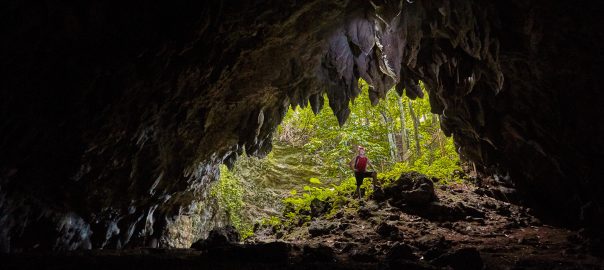
Ar Aro Cave
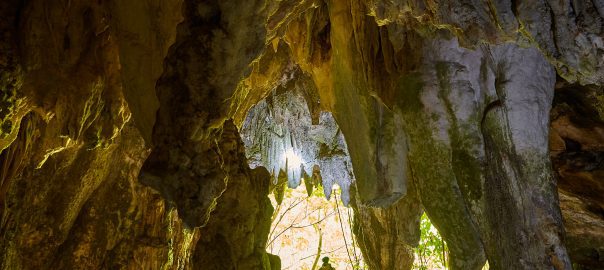
Bangalao Cave
Santa Teresita claims to have identified hundreds of caves, but only a few are explored and given names. The rest are yet to be fully accounted for and declared safe for exploration.
Bangalao Cave is just a 10-minute walk from the road. Even with its small size, its stalactite and stalagmites are enough to keep a spelunker in awe. Daring spelunkers can reach the inner chamber through a narrow passage that looks just like a hole in the wall.
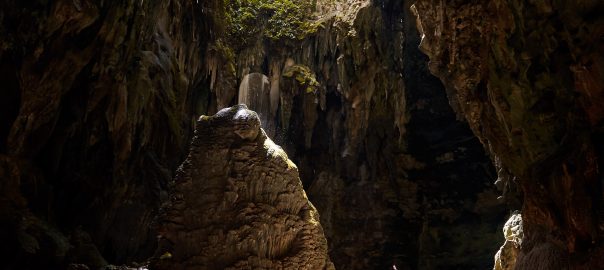
Callao Cave
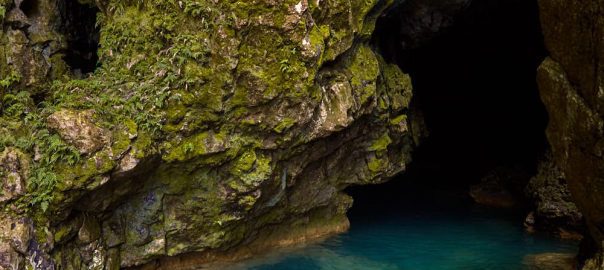
Bluewater Caves
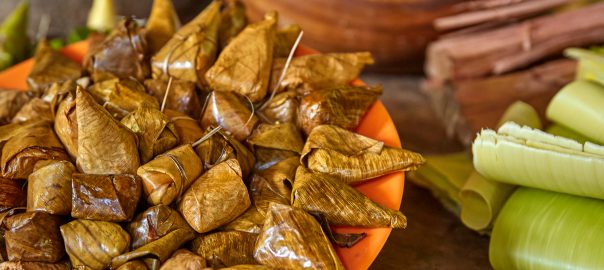
Patupat
A portion of Ballesteros pride comes in a bite-sized serving of sweetened glutinous rice wrapped in a balisungsong (cone shape) of a young banana leaf.
Cooking patupat is a part of Ballesteros DNA. It starts with a tedious process of pre-soaking rice in a water, partial cooking and reducing, packing it into balisungsong of young banana leaves and steaming. It is a concoction of glutinous rice, coconut milk, sugar and salt. Pairing it with a hot chocolate drink and slices of a ripe mango is the best way to enjoy it.
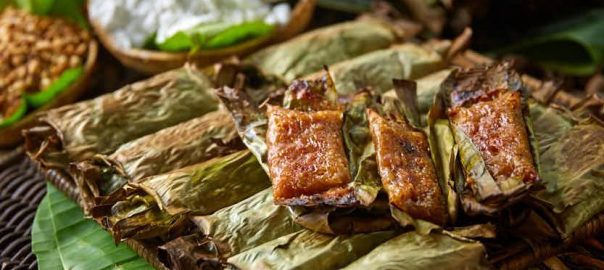
Tinupig
Kusina Cagayana
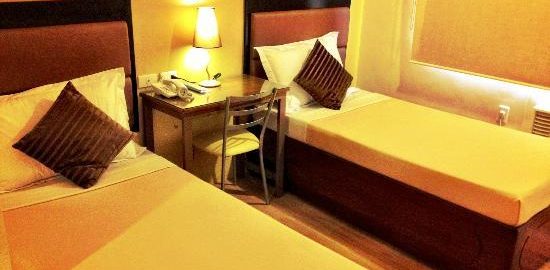
Hotel Lorita

Hotel Roma
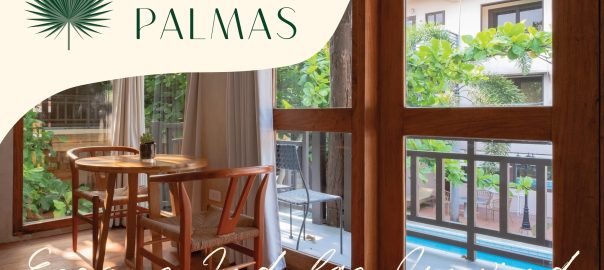
Las Palmas De San Jose Leisure Club
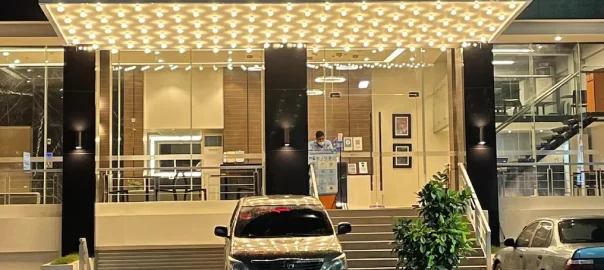
Mango Suites
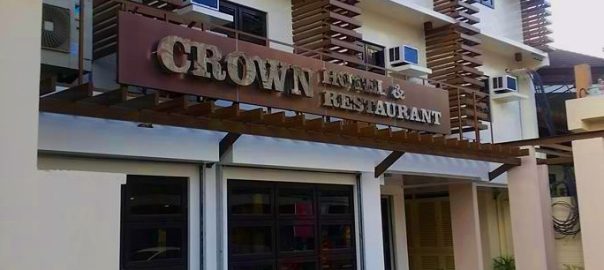
Crown Lodge
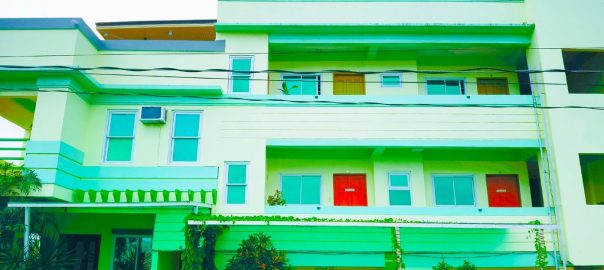
128 Lodge
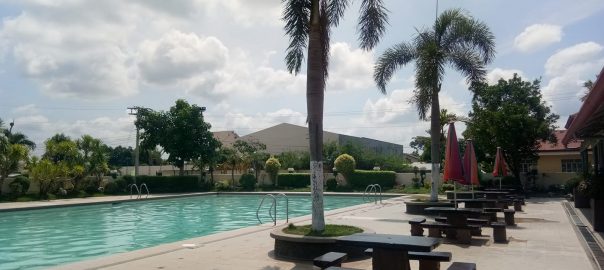
Alimar’s Hotel
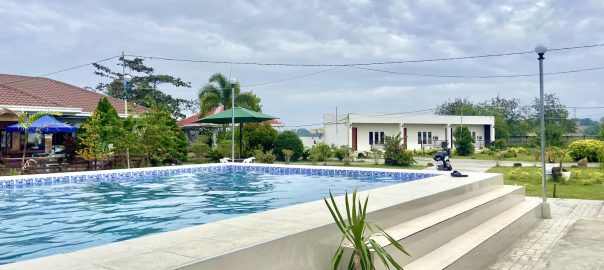
Cherry Blossom Hotel
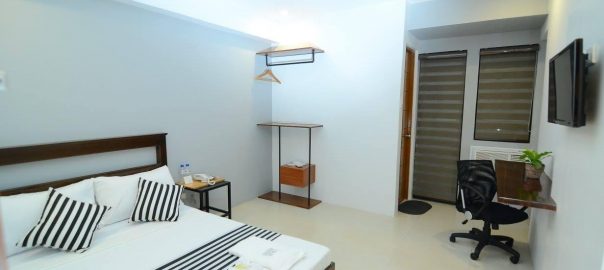
Cocoon Traveller’s Inn

Grand Victoria Lodge
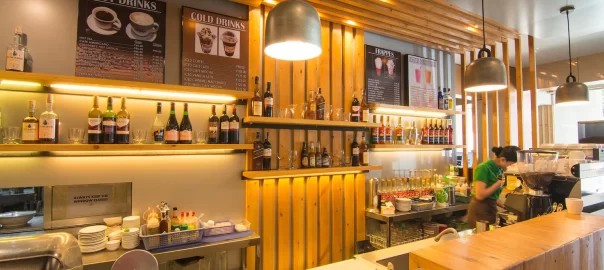
Hotel Carmelita
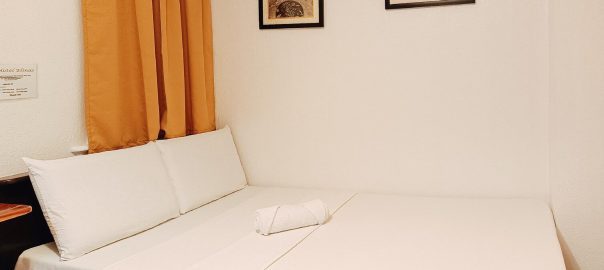
Hotel Elinas
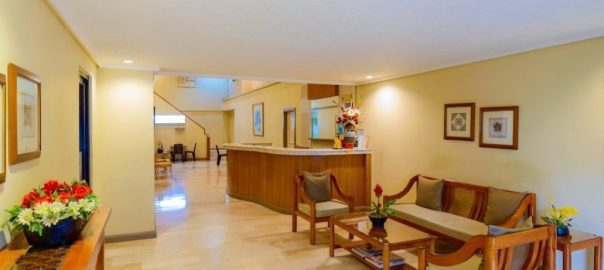
Hotel George
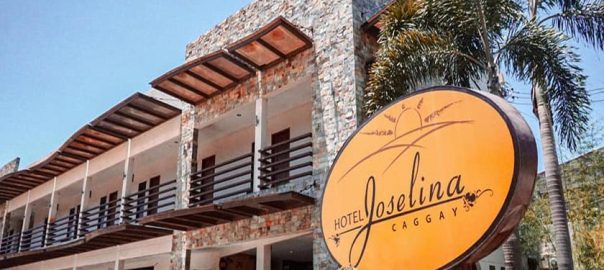
Hotel Joselina Branch
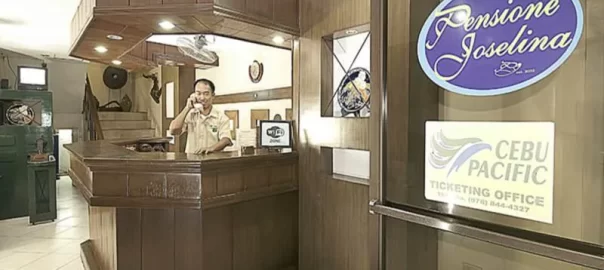
Hotel Joselina Main

Hotel Juliana

JPrime Apartelle
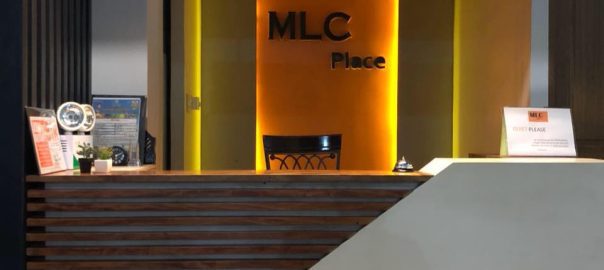
MLC Inn

Radlett Residences
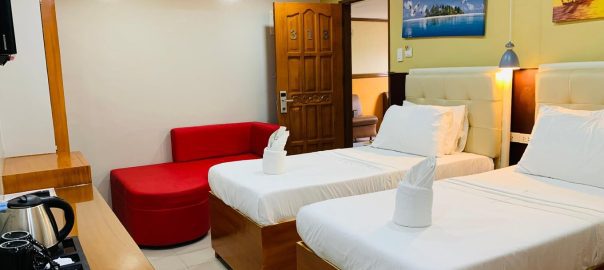
Taj Hotel
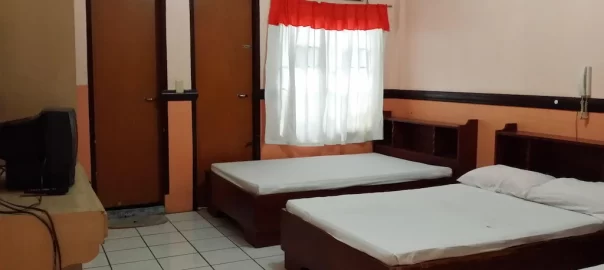
Villa Victoria Hotel
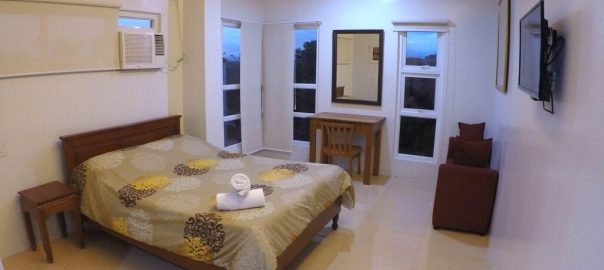
Benjie’s Place
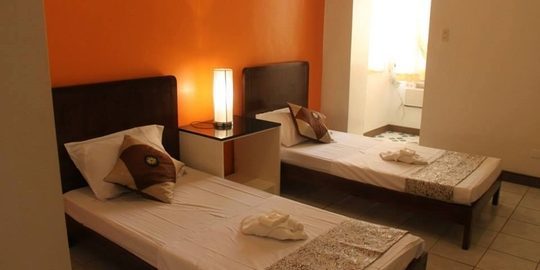
Casa Angela Hotel
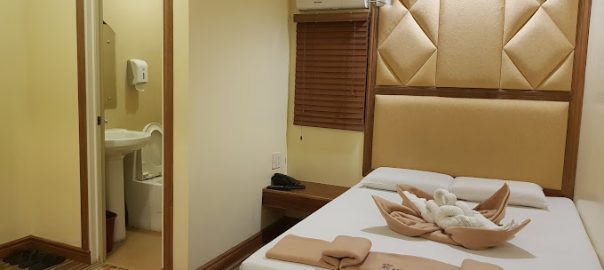
Kingsman’s Empire Hotel

Kween Hotel
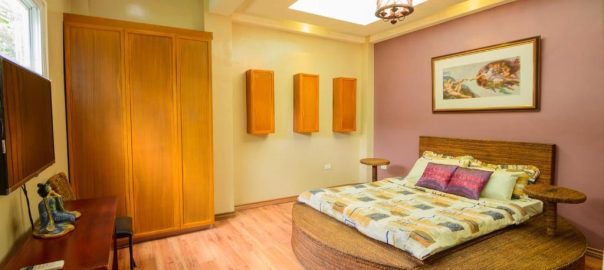
Balai Carmela
Solomon’s Hotel
Valley & Coast Hotel & Restaurant
Hotel Dian
Crab Hotel
Hotel Alyssa
Rose-An Pension House
Arizabal Bayview Inn
Claveria Grassroots Ocean Inn
Tangonan Lodge & Beach Resort
Euvenice Inn & Restaurant
Rosal Apartelle
Nassim Hotel & Beach Resort
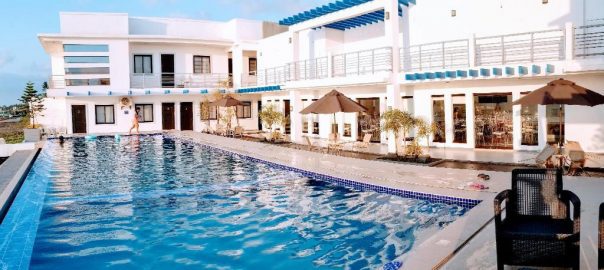
Blue Coast Beach Hotel
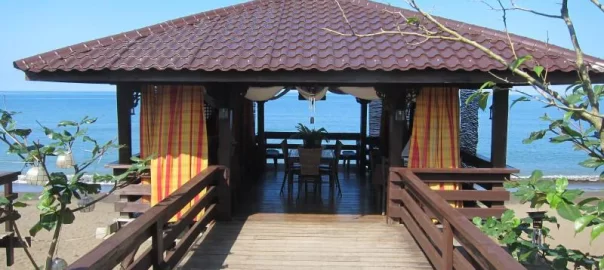
Country Inn Hotel & Restaurant
E.F. Costales Lodging House
Eden’s Lodging House
Kristine Resort & Campsite
Lugano Bed & Breakfast
Rai Atrium Suites Hotel & Resort
Balai Ta Koman
Country Inn Roadside Hotel & Restaurant
Java Traveller’s Inn
Lazarian Hotel & Resort

Allahiban Campsite
Silagan Swip & Picnic Ground
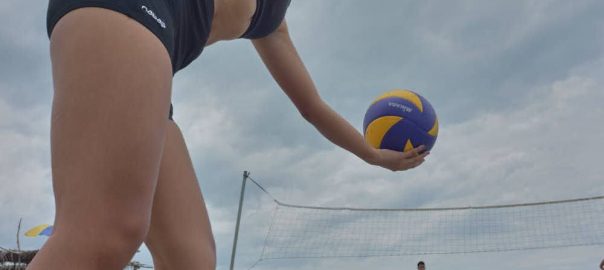
Beach Volleyball
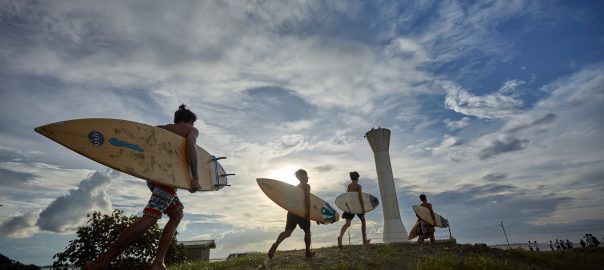
Surfing
Minus the big crowd, locals and visitors enjoy the beaches of Aparri by soaking up the sun, surfing, swimming, or plain beachcombing. Compared to more popular surf sites, surfing and skimboarding are relatively nascent water sports in this part of the country.
Aparri is one of the only known 14 surfing spots in the Philippines. This recognition encourages the local government to promote Aparri as a surfing destination.
While it may be less in the mainstream at this point, Aparri opens its doors to surfing and skimming enthusiasts who derive relaxation and enjoyment from engaging in adventurous sports.
Aparri faces the Luzon Strait which gives some of the largest ocean waves in the world. The gentler waves that reach Babuyan Channel make it ideal for surfing and skimming and accommodate all types of surfers and even skimmers. Characterized by right-and-left-hand beach breaks, the waves in Aparri are suitable for beginners, intermediate, and advanced surfers. Weather permitting, intermediate and advanced surfers can enjoy the waves that peak up to 6 feet from August to March. Beginners can train when the waves are less daunting from April up to July.
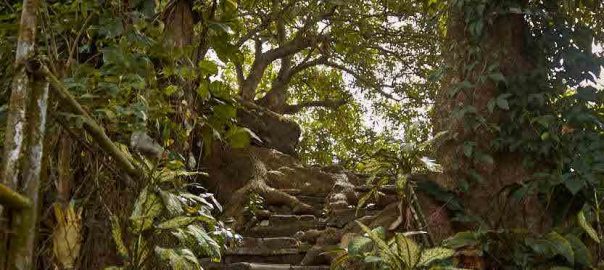
Tuguegarao Horno Ruins
Century Old Spanish Belfry
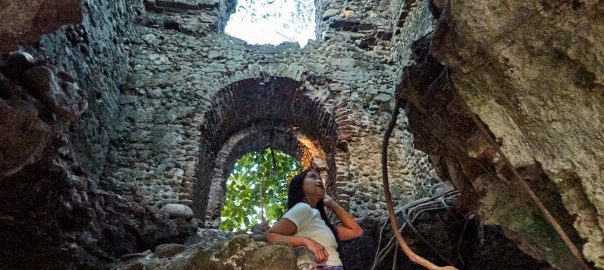
Ruins Of Sta. Ines Church

Nagsimbaanan Ruins
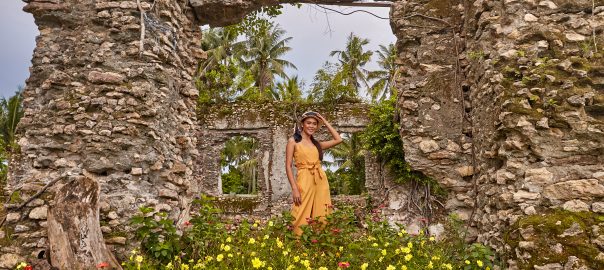
The Tocolana Ruins
The Tocolana Church was built during the 17th century but faced nature’s wrath over time. It collapsed during the November 30, 1619 earthquake. After its rebuilding, it continued to suffer from the ravages of nature like the flood of 1687, earthquake (1721), typhoon (1845), and earthquake (2022). The Compaña General de Tabacos Filipinas (1881) repurposed the complex and the remaining foundation by building its offices and warehouse for tobacco products. This complex did not survive the shelling of the American Air Force during the Second World War in 1945.
Since then, the church complex has not been restored and continued to be decrepit until its recognition as a place of historical and cultural significance.
Today the Tocolana Church ruins take pride in having well-kept lawns and charming flower gardens that visitors can enjoy.
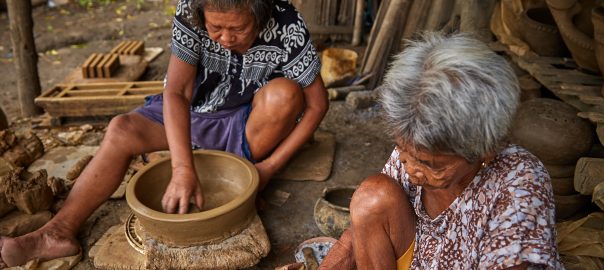
Atulu Bricks & Pottery Center
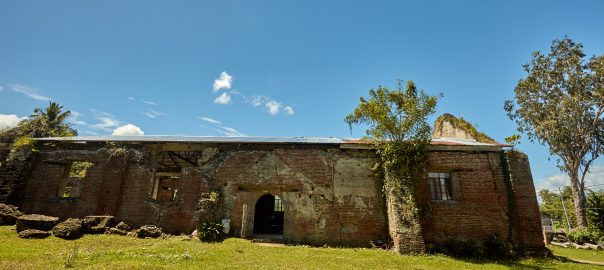
Nassiping Church Ruins

Old San Jacinto De Polonia Church Ruins
With the wrath of nature always at its doorstep, building, repairing, and rebuilding three (3) times over was not an easy feat. They had to vacate and rebuild in a much higher and safer place. Said to be the third church built in Cagayan (ca. 1596), the church was consumed by fire (1719) and rebuilt in 1746. Within a century, it tried to survive typhoons and flooding until its final days after the earthquake of October 7, 1845. It is rugged, weather-beaten, covered with moss and vegetation-an undeniable fact that it had seen better days. It is where people once assembled, sang, and prayed. At this moment, the ruins of San Jacinto de Polonia Church now only offer silence, a breathing space, or perhaps a place for artistic creation.
Be in tune with nature in a quiet place beside the grand Cagayan River. The rustling of leaves, humming of summer’s cold and warm breeze, birds singing, and burbling river become a beautiful ensemble of sensory experiences. Most of all, it allows everyone to see and feel the sublime while imagining the once impressive things that happened in this place.
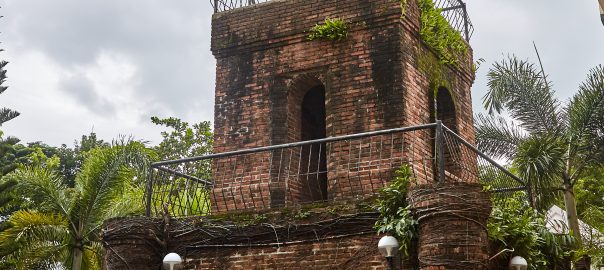
Old Sancta Maria Bell
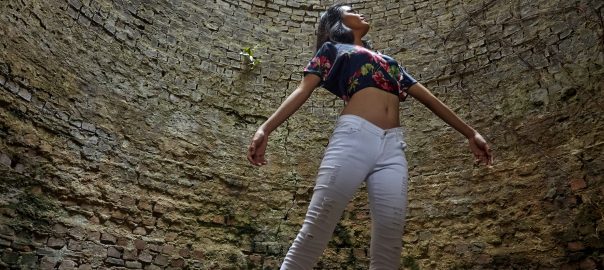
Old Spanish Horno
OTOP Hub
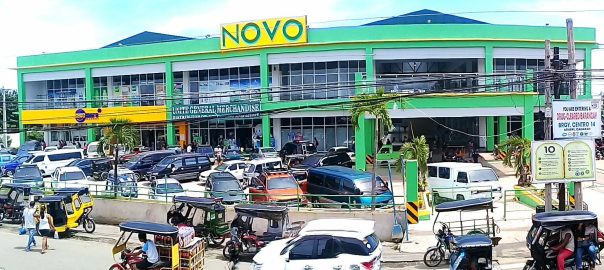
Novo Mall
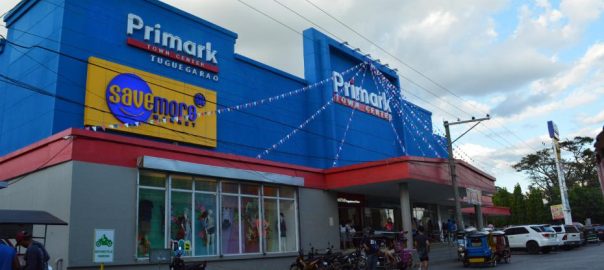
Primark Town Center

Robinson’s Place Tuguegarao
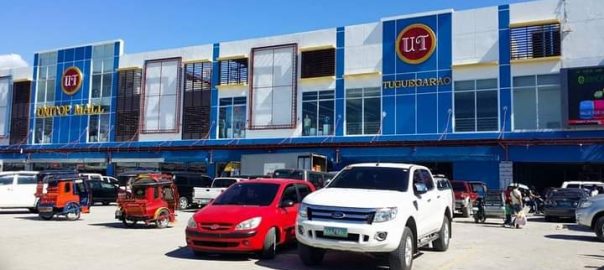
Unitop Mall

City Mall
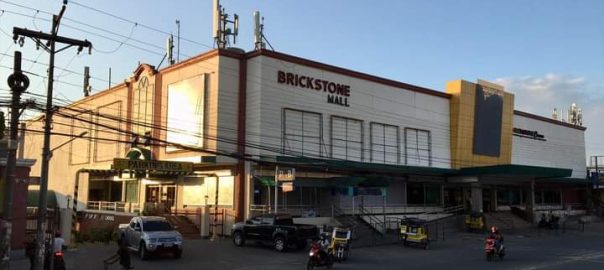
Brickstone Mall
Lorem ipsum dolor sit amet, consectetur adipiscing elit. Proin posuere sed felis in faucibus. Aliquam non augue enim. Sed ac imperdiet lectus, a suscipit nisl. Nulla vel lorem magna. Maecenas eu tellus justo. Vivamus consectetur ipsum suscipit dictum sollicitudin. Ut vitae eros vel nulla tempus maximus non non nisi. Duis varius odio nibh, nec dignissim dolor hendrerit ut. Pellentesque luctus nisi tellus, lacinia efficitur lectus malesuada sit amet. Vivamus ac enim fermentum, aliquet magna quis, bibendum lacus. Suspendisse tincidunt nisl eu scelerisque imperdiet. Vestibulum rhoncus posuere urna, id tristique ligula bibendum a. Aenean feugiat purus orci.
Fusce feugiat lobortis dolor, eu luctus quam dignissim volutpat. Praesent eget consequat neque, sed rutrum justo. Integer tristique pretium massa vitae dignissim. Integer malesuada nisi metus, ac fermentum lorem pharetra a. Nam at iaculis libero. Pellentesque consequat semper sem eu pulvinar. Integer tempor aliquet gravida. Vestibulum aliquet ut arcu ut sagittis. Quisque volutpat justo commodo nulla consequat dapibus. Proin aliquet ornare nulla id rhoncus. Quisque varius, est vel placerat elementum, lacus lacus pulvinar magna, at scelerisque neque turpis quis neque. In malesuada lectus vitae purus elementum, ut congue purus viverra. Nullam semper tempus consectetur.
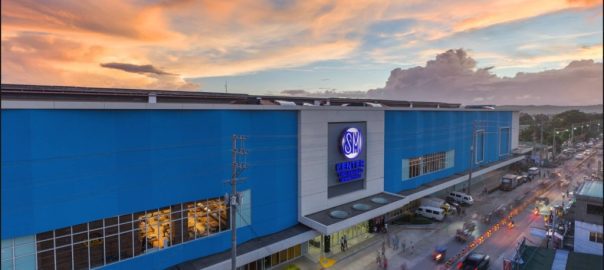
SM Center Tuguegarao Downtown
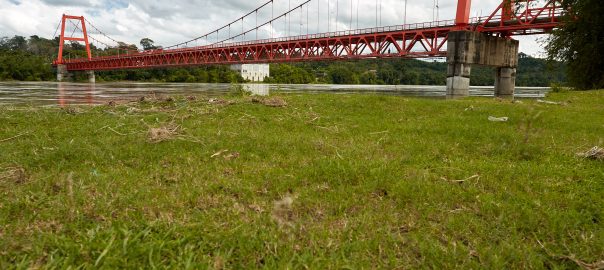
Magapit Bridge
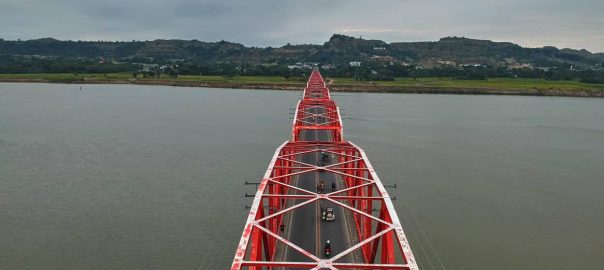
Buntun Bridge
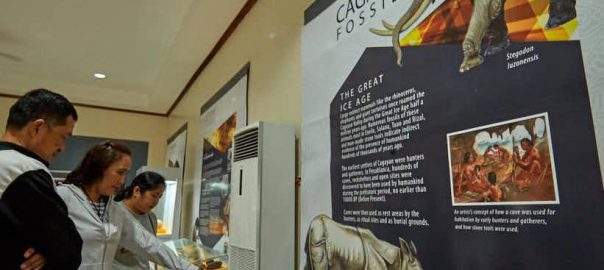
Tuguegarao City
Zininaga nat Tuguegarao
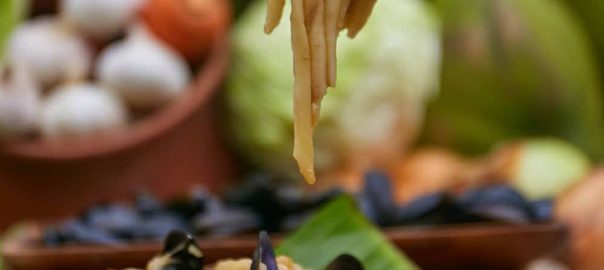
Northwest Cagayan
Nature and culture at its best
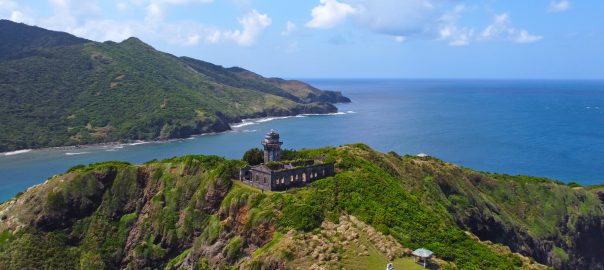
Santa Ana (Your Adventure Paradise)
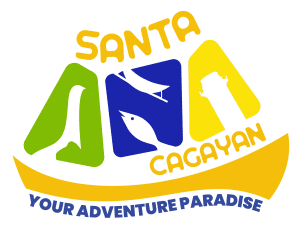
Day 1
Trip to Sta. Ana offers a complete tourism experience as it offers various potentials for business and recreation. Doing business with neighboring Asian countries is evident in the presence of infrastructures and support facilities from the Cagayan Economic Zone Authority and Free Port through the famous Port Irene and Cagayan North International Airport. The first day also offers an exciting nature trip as it introduces the only firefly-watching experience offered in Region 2 at Barangay Casagan. Meet the community that ensures the preservation of the area through good agricultural practices and serving local delicacies.
Day 2
Wake up with the sun to go island hopping with local boatmen. Find out why Sta. Ana has an island called Crocodile Island. Visitors will experience one of the world’s Top Ten Best Raw Beaches in Palaui Island as declared by CNN. Experience pristine environs and sites while communing with nature or engaging in adventure activities. Trek, swim, snorkel, or be regaled by the stories of local guides of the Survivor Series USA or Mike Horn’s brief movie shoot of the area. After swimming at the beach of Palaui Island, take the boat back to the mainland and a short trip overland to enjoy the pristine Buwacag Waterfalls and get to meet the community guides. The falls is a short introduction to the nature tourism products of Region 2.
Day 3
Enjoy a game fishing sport that only the elite visitors to Sta. Ana can afford it as the town is known as the Game Fishing mecca for Pacific Sail Fish. The fisherfolks of Barangay Diora Zinungan offer a Belt Fishing experience using fishing gears they invented. Belt Fish fishing in Sta. Ana bay is guaranteed to bring a fun and fabulous experience. Enjoy your catch as the fishing community can also offer to prepare it for your lunch.
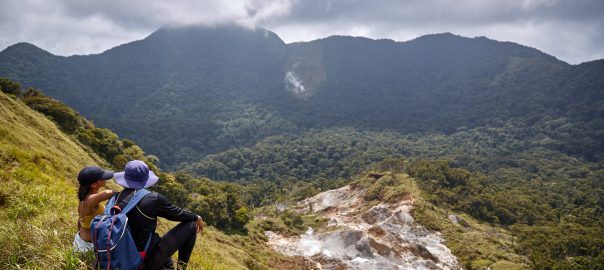
East Coast Cagayan – Hidden Paradise of the North
Go on nature heritage tours that include hiking a volcanic mountain and visiting the iconic Cape Engaño
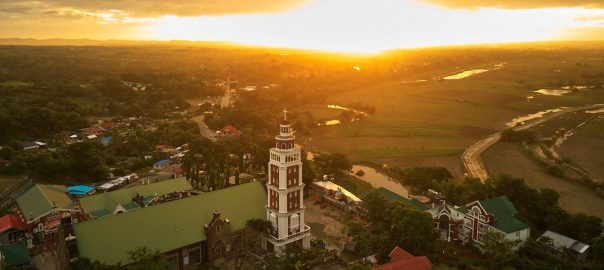
Southwest Cagayan – Bastion Of Faith
Immerse in culture and faith explorations. Discover exciting caving, and culinary adventure
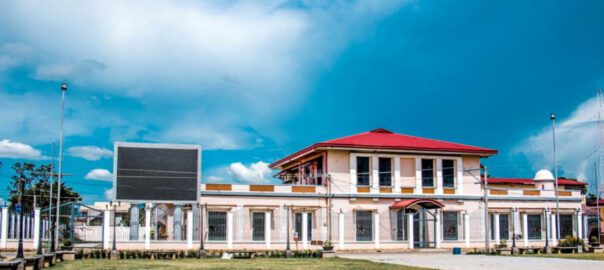
Cagayan Museum & Historical Research Center
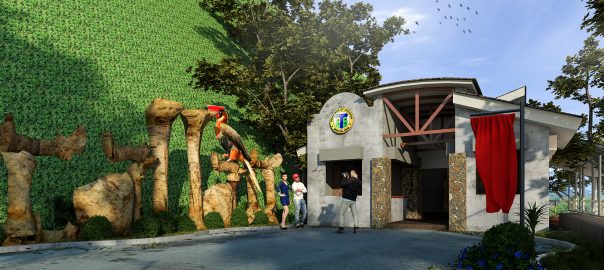
Callao Eco-Niche & Conservation Park
Callao has become an icon and postcard-perfect image of Cagayan Tourism. Peñablanca is a Protected Land and Seascape Area and this covers Callao Eco Niche and Conservation Park. It has gone beyond just being the preferred tourist destination in the Province, or a drop back for movies. Callao has also redefined human history with the groundbreaking discovery of the Homoluzonensis which has since put Cagayan on the map of the scientific community. Discover the past, present and future when you visit Callao
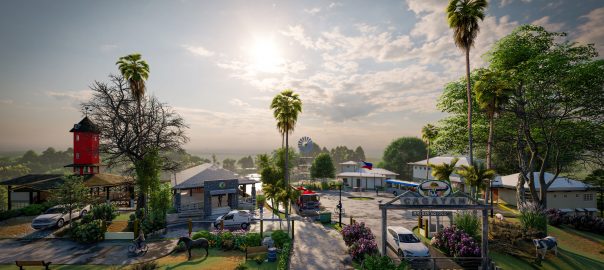
Cagayan Animal Breeding Center & Agri-Eco Tourism Park
Inclined to put up your own farm and grow your livestock? Come to Cagayan Animal Breeding Center in Zitanga, Ballesteros, and learn from the team of expert Veterinary Doctors and their able staff. Unwind and experience authentic provincial life with family and friends when you book a tour with us!
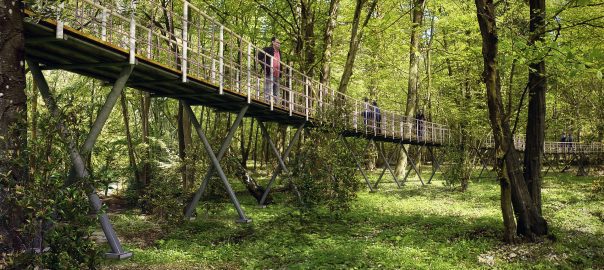
Cagayan Forest & Eco-Tourism Park
Need to rest from a long drive? Stop by the Cagayan Forest and Eco Tourism Park along the stretch of Nassiping in Gattaran, and take a breather. Discover locally-made products and shop at the One-Town-One-Product at the Pavilion. Walk around the Eco Tourism Park and go for a quick forest bathing before you head to your destination.
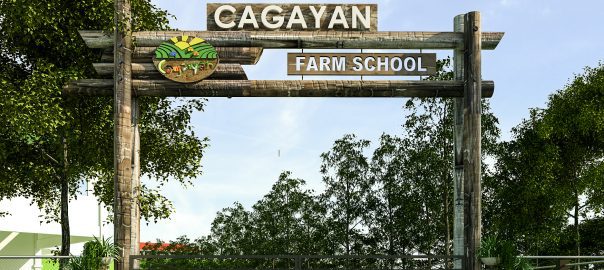
Cagayan Farm School & Agri-Tourism Center
Interested in farming? Visit the Cagayan Farm School and Agri-Eco Tourism Park in Anquiray, Amulung, and learn the latest technology in farming. Go beyond farm-to-table concepts, and level up your skills with our technical experts. Tourists? Have a glimpse of farm life when you book a tour with us.
Calayan Mountain View Deck – Casitan Pamplona
Mt. Cagua
Mt. Smith
Bantay tsokolate
Lorem ipsum dolor sit amet, consectetur adipiscing elit. Nulla pulvinar risus vitae elit tempor hendrerit at ac elit. Nam sed nulla vitae neque tincidunt blandit. Vivamus vel congue velit. Phasellus viverra sit amet nisi sed posuere. Mauris consequat consequat nulla, sit amet molestie enim tincidunt vel. Mauris non nibh nunc. Duis lobortis nibh vehicula finibus iaculis. Proin eget tristique diam, a rutrum tellus.
Mountain/Highest Peak
Praesent cursus erat ligula, hendrerit finibus sapien porta in. Aliquam vestibulum condimentum turpis eget pretium. Lorem ipsum dolor sit amet, consectetur adipiscing elit. Donec sit amet dictum velit. Nam sollicitudin, justo eu iaculis varius, risus diam vulputate augue, id maximus arcu lectus quis est. Nam ultrices metus in lectus elementum consequat rhoncus a urna. Nunc sed lectus nulla. Phasellus consequat ex sed euismod fermentum. Praesent felis nibh, faucibus sit amet varius a, volutpat a lectus. Phasellus pretium auctor ultrices.
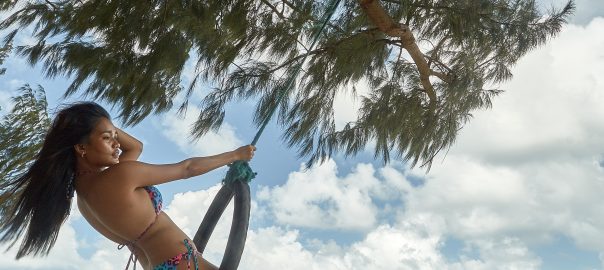
Anguib Beach
Considered as a must-see destination in the North, Anguib beach prides itself with pristine blue waters and creamy to white sand. Because the water is not too deep, anyone can enjoy swimming and playing in its clear waters. Need some quiet time? Anguib beach can give you exactly that: scenic view and a quiet, relaxing surrounding. Athletic? Anguib beach hosts beach volleyball attracting not just local, but drawing international crowd as well. Water sports fan? Enjoy kite surfing, kayaking and even jet skiing every summer! Pitch a tent with family and friends and enjoy gazing at the stars at night. There’s one activity for everyone!









